One Very Possible
2012 7-Imp Retrospective Before Breakfast
 December 30th, 2012 by jules
December 30th, 2012 by jules
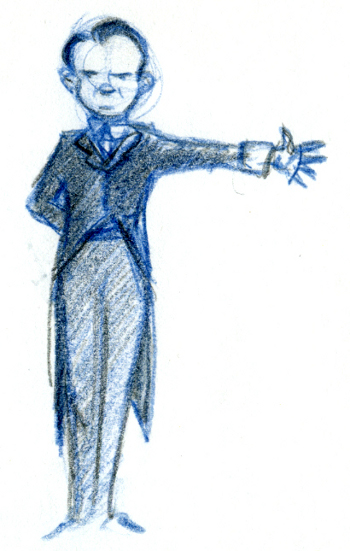 It’s time to look back, dear Imps, on what happened at 7-Imp during 2012 and look at who graced the site with their presence—all with my buddy here, Alfred—simply because I am a hopeless nerd, who enjoys recaps. As I’ve said during the past couple of years, including during 2011’s recap, this is fun to me. Also, it satisfies the tremendous picture book junkie in me.
It’s time to look back, dear Imps, on what happened at 7-Imp during 2012 and look at who graced the site with their presence—all with my buddy here, Alfred—simply because I am a hopeless nerd, who enjoys recaps. As I’ve said during the past couple of years, including during 2011’s recap, this is fun to me. Also, it satisfies the tremendous picture book junkie in me.
Since 7-Imp is devoted to contemporary illustration—with a particular focus on picture books—these end-of-year recaps can be an awful lot like looking back at the state of picture books during a given year, even though I certainly didn’t have the time to cover every book I wanted to discuss. I’m not promising any kind of analysis or commentary here on picture book-dom in 2012, by any means. I just like to kick back and see who has visited and what insightful things they had to say, as well as look at some wonderful illustrations. Besides, I don’t consider 7-Imp a review blog. There are lots of other blogs who are very good at that. As I write at this page of the site, I like to think of it as a sort of literary salon where authors and illustrators stop by, after getting a cup of cyber-coffee, to share their craft — and where illustrators wake us up with art.
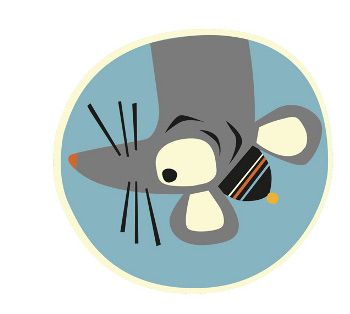 All of that is also one way of saying, as I did last year: This long post is good for browsing, especially if you like to see picture book art.
All of that is also one way of saying, as I did last year: This long post is good for browsing, especially if you like to see picture book art.
And, because I occasionally like to give the 7-Imp platform over to student illustrators or up-and-coming illustrators, you’ll see more experienced authors and illustrators, even the award-winning ones, sharing space here with the illustrators of the future … future … future. [Say that with an echo.] I think it’s a) important to give newbies the spotlight and b) it’s fun, too.
If I take a look at what was new to 7-Imp in 2012—before we look at who visited, that is, and all kinds of artwork—I run the risk of actually sounding organized, which I’m not. Or as if I’m someone who blogs 40 hours a week, which I’m also not. Since blogging comes after my children, the work-that-pays, and other things that allow me to have a life, I’m kind of scattered, have no real 7-Imp Action Plans, and you should just see my system of organization (chicken-scratch-scrawled Post-it notes stuck all over my very messy desk).
(This is precisely what I said last year, but it bears repeating. Oh, and in case you’re wondering, that is Frank Viva’s rodent up above from September’s A Trip to the Bottom of the World with Mouse. I rather covet his winter hat there.)
But … let me give this a shot anyway, an attempt to ponder what was new in 2012:
 This year will see the publication of the Candlewick book Betsy Bird, Peter D. Sieruta, and I wrote, which we began working on in 2009. Sadly, Peter passed away unexpectedly in May (not long after we lost Maurice Sendak, which had me reeling, as it did many people, and which I wrote about, falteringly, here).
This year will see the publication of the Candlewick book Betsy Bird, Peter D. Sieruta, and I wrote, which we began working on in 2009. Sadly, Peter passed away unexpectedly in May (not long after we lost Maurice Sendak, which had me reeling, as it did many people, and which I wrote about, falteringly, here).
I cannot possibly stress enough how much I wish Peter were still here to see the book’s publication, still scheduled for this Fall. I miss him. I wrote this on May 26th, after first hearing the news — and later wrote this tribute over at the Kirkus Book Blog Network.
 Speaking of Kirkus, I still write weekly columns about picture books over there. I archive those columns here at this page of 7-Imp’s site (*cough* nerd), or you can just visit this Kirkus link to read my musings, if you’re so inclined at all.
Speaking of Kirkus, I still write weekly columns about picture books over there. I archive those columns here at this page of 7-Imp’s site (*cough* nerd), or you can just visit this Kirkus link to read my musings, if you’re so inclined at all.

 In February, I served in (very snowy) Bologna, Italy, with the one and only Raymond Stoffel, as well as Jury Chair Antonio Faeti, as a jury member for the 2012 BolognaRagazzi Awards. Raymond and I are pictured left, the very serious jury members after two days of intensive jurying. Also, for interested folks, I wrote about the experience here at Kirkus.
In February, I served in (very snowy) Bologna, Italy, with the one and only Raymond Stoffel, as well as Jury Chair Antonio Faeti, as a jury member for the 2012 BolognaRagazzi Awards. Raymond and I are pictured left, the very serious jury members after two days of intensive jurying. Also, for interested folks, I wrote about the experience here at Kirkus.
 In March, I spent a week as a special guest instructor at a Highlights Foundation workshop in Honesdale, Pennsylvania, along with Bobbie Combs, author Lindsey Leavitt, Laurina Cashin, author/illustrator Katie Davis, and Paul Crichton of Simon & Schuster. There’s a group picture of us (sans Paul) and the wonderful students—gathered at the dining room table, which is where we could often be spotted—in this March 7-Imp post.
In March, I spent a week as a special guest instructor at a Highlights Foundation workshop in Honesdale, Pennsylvania, along with Bobbie Combs, author Lindsey Leavitt, Laurina Cashin, author/illustrator Katie Davis, and Paul Crichton of Simon & Schuster. There’s a group picture of us (sans Paul) and the wonderful students—gathered at the dining room table, which is where we could often be spotted—in this March 7-Imp post.
 I spoke about children’s literature at various conferences and in various places (your local gas station — just kidding) and at various schools and universities, which I always enjoy, including SCBWI Midsouth’s 2012 Fall Conference in September.
I spoke about children’s literature at various conferences and in various places (your local gas station — just kidding) and at various schools and universities, which I always enjoy, including SCBWI Midsouth’s 2012 Fall Conference in September.
 The talented guys over at The Bluegrass Special are still including one of my 7-Imp posts, on a monthly basis, in their wonderful publication. However, the publication’s name has changed. It’s now Deep Roots, but it’s still the same talented writers and same good content.
The talented guys over at The Bluegrass Special are still including one of my 7-Imp posts, on a monthly basis, in their wonderful publication. However, the publication’s name has changed. It’s now Deep Roots, but it’s still the same talented writers and same good content.
 7-Imp turned six years old.
7-Imp turned six years old.
 2012 saw the addition of two new Mad Tea Party images, created specifically for 7-Imp (which I’ve yet to place in the 7-Imp headers on different pages, but I will when I get organized). Author/illustrator Steve Light made this in November of this year:
2012 saw the addition of two new Mad Tea Party images, created specifically for 7-Imp (which I’ve yet to place in the 7-Imp headers on different pages, but I will when I get organized). Author/illustrator Steve Light made this in November of this year:
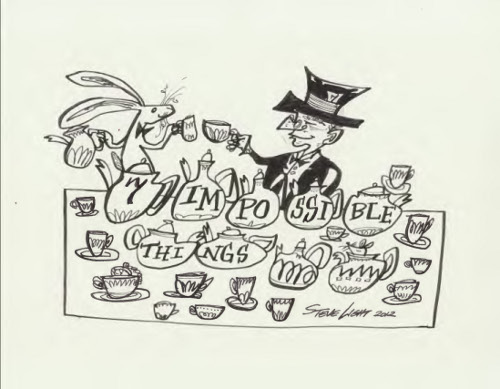
And artist Susan Sorrell Hill created this in December:
And thanks to author/illustrator Aaron Zenz, 7-Imp now has its own avatar, created in April of this year:
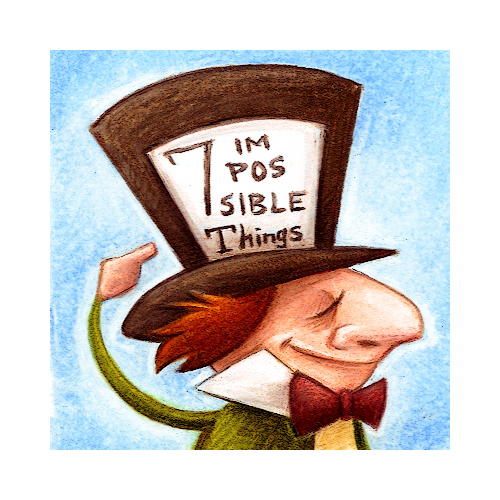
Many thanks to Steve, Susan, and Aaron!
It makes me happy to wake up every morning, get online, and discuss picture books and illustration with 7-Imp readers. Thank you all for joining me.
Let’s get to it. First, we’ll take a look at who visited me in 2012, followed by the Pivot Questionnaire, as populated with my favorite answers of the year. Then, we’ll wrap it all up with a look at some more 2012 picture books …
 Author, historian, and critic Leonard Marcus, pictured left, over at my Kirkus column (April 19, 2012) on what he learned about contemporary picture books after his research for Show Me a Story! Why Picture Books Matter: Conversations with 21 of the World’s Most Celebrated Illustrators (Candlewick, May 2012):
Author, historian, and critic Leonard Marcus, pictured left, over at my Kirkus column (April 19, 2012) on what he learned about contemporary picture books after his research for Show Me a Story! Why Picture Books Matter: Conversations with 21 of the World’s Most Celebrated Illustrators (Candlewick, May 2012):
“The artists I spoke with know and care about the tradition in which they work. No matter how engaged they are with new technologies, it is as important to them as ever to know how to draw.
Nearly all of the younger illustrators I interviewed set out quite deliberately to be picture-book artists. In contrast, most of the older ones fell into it by chance. The status of the picture-book artist has definitely risen and for all the chaos in contemporary publishing, there has never been a time when more people with talent were clamoring to make picture books.”
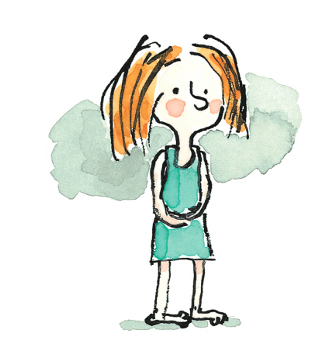 Author/Illustrator Matthew Cordell (November 7, 2012)—who also visited 7-Imp for a breakfast interview on January 24—on hello! hello! (Hyperion, October 2012):
Author/Illustrator Matthew Cordell (November 7, 2012)—who also visited 7-Imp for a breakfast interview on January 24—on hello! hello! (Hyperion, October 2012):
“I was very conscious of not wanting the book to be finger-pointy. Not only can an overly didactic picture book get corny and fail fast, it is not an effective way to make one’s case.
I felt that the negative side of the story should be at the beginning and brief — where the child is bored of her gadgets and is lonely.
She looks to connect with her family but is brushed away by her mom, dad, and brother in favor of their own gadgets. I needed to tell that but not dwell in that moment. But instead dwell in the lovely things that would come from turning off the machines and seeking out forgotten alternatives, specifically nature and imagination.”
hello! hello! … studies, finished finals, bamboo pens, snacks.”
(Click to enlarge)
(Click to enlarge spread)
All kinds of creative minds contributed to Harlem’s cultural movement. …”
— From Renée Watson’s Harlem’s Little Blackbird:
The Story of Florence Mills (Random House, October 2012),
illustrated by Christian Robinson, pictured below
(Click to enlarge)
Author/Illustrator Christian Robinson (August 27, 2012) on his illustrating process:
“I like to do my research. I’d describe the start as cultivating curiosity for the characters and setting in the story. I go to the library and absorb all the visuals and facts that will influence and inspire the work.”
Author/Illustrator Carin Berger (January 3, 2012) on creating the illustrations for Jack Prelutsky’s Stardines Swim High Across the Sky and Other Poems, pictured below, which will be released this coming February from Greenwillow Books:
“This seemed a perfect opportunity to reference my passion for wunderkammers and early science — and crusty old museums. What if the whole book was created to be an archive of these fanciful creatures, a document perhaps found in the basement of the natural history museum? I looked at all kinds of early science materials, something that brought me much delight. It was also a thrill to venture into new territory: 3D! (I’m not sure how I’ll ever go back to 2D.)”
Illustrator Claudio Muñoz—in a very fun, mostly-illustrated interview on May 1, 2012—when I asked if he could tell me what he likes to have for breakfast daily:
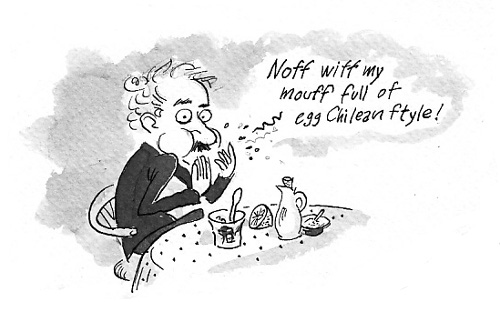
Author/Illustrator Deborah Kogan Ray in a guest post over at Kidlit Celebrates Women’s History Month (March 19, 2012), discussing Paiute Princess: The Story of Sarah Winnemucca (Farrar, Straus and Giroux, May 2012), pictured below:
“The story of the west has historically been told from the white, and usually male, point of view. Few native women are recognized for their roles in our country’s history. Among them, Sarah is unique. Pocahontas and Sacagawea both lived in times and places where the white man was a powerless stranger in a strange land, dependent on their help for survival. Sarah Winnemucca, by contrast, faced a world where the fate of the native people was in the hands of the new rulers of the land.”
There was no wood, and the snow was waist-deep . . .”(Click to see entire illustration with the text)
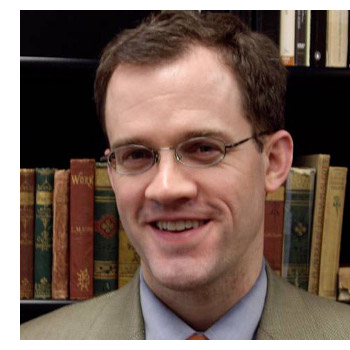 Author, professor, and blogger Philip Nel (August 29, 2012), pictured right, on his double biography, Crockett Johnson and Ruth Krauss: How an Unlikely Couple Found Love, Dodged the FBI, and Transformed Children’s Literature (University Press of Mississippi, July 2012):
Author, professor, and blogger Philip Nel (August 29, 2012), pictured right, on his double biography, Crockett Johnson and Ruth Krauss: How an Unlikely Couple Found Love, Dodged the FBI, and Transformed Children’s Literature (University Press of Mississippi, July 2012):
“Ruth Krauss’s influence has become so pervasive as to be invisible. She didn’t invent spontaneous, loose-tongued children, but she—in her eight books created with Maurice Sendak—did establish for them a place in children’s literature. …
When you see children’s books featuring outspoken children facing the world on their own terms, you can thank Ruth Krauss and Maurice Sendak.”
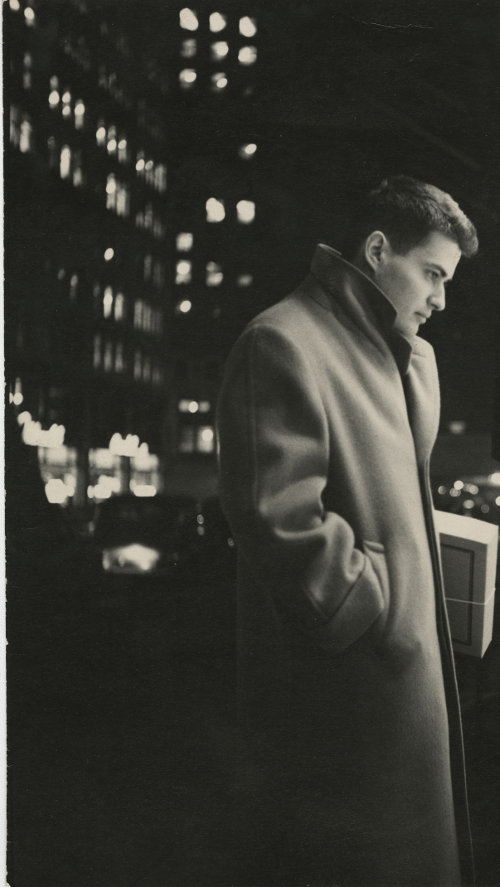
From Philip Nel’s double biography of Krauss and Johnson.
(Photo courtesy of Maurice Sendak. Used by permission of Maurice Sendak.)
— From Valeri Gorbachev’s (pictured below) Catty Jane Who Hated the Rain
(Boyds Mill Press, April 2012)
(Click to enlarge spread)
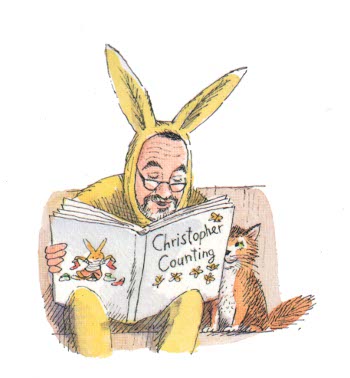 Author/Illustrator Valeri Gorbachev (May 29, 2012):
Author/Illustrator Valeri Gorbachev (May 29, 2012):
“I begin by drawing small sketches, like a tiny storyboard. I usually fit all thirty-two spreads onto one or two sheets of paper with the text next to them. I write the text both in English and in Russian at the same time, so anyone looking at the storyboard is likely to think I’m crazy.”
Author Lauren Thompson (October 11, 2012):
“Back when I was a student taking creative writing electives, we all assumed that to be a writer meant to be a writer for adults. Turns out my most successful stories were about children or teens. It wasn’t until I found a job as an editorial assistant with a children’s book publisher (adult publishers weren’t interested in hiring me) that it really sank in that writing could also mean writing for children. And it became clear to me that children were the most important audience that a writer could hope to reach. If children don’t have good books to love from an early age, how will they grow up to love books as adults?”
They sat under the tree. And they began to talk.
What do you think they said?”
— Spread from Thompson’s The Forgiveness Garden
(Feiwel & Friends, October 2012), illustrated by Christy Hale
(Click to enlarge spread)
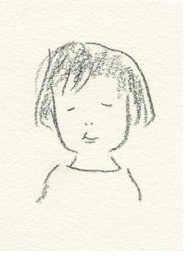 Author/Illustrator Komako Sakai (August 14, 2012), whose self portrait is pictured left:
Author/Illustrator Komako Sakai (August 14, 2012), whose self portrait is pictured left:
“When I was in middle school, I really wanted to create a picture book. Then I became an adult, and I started working. I remembered the feeling and started drawing again.
In the beginning, it was difficult, but gradually, as the memories from my childhood and the children that I saw through my eyes as an adult came together, I began to create illustrations.”
[A spread from Sakai’s re-telling of Margery Williams’ Velveteen Rabbit (Enchanted Lion Books, December 2012) is pictured below. You can click the image to enlarge the spread.]
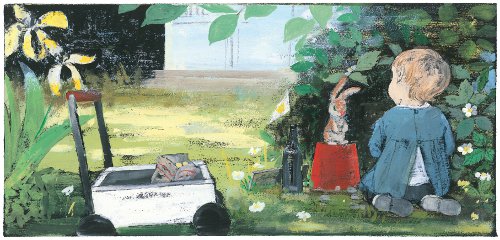
Author/Illustrator Frank Dormer (May 8, 2012) on the creation of The Obstinate Pen (Henry Holt, April 2010):
“This [below] is the phrase that started the wheels turning. I had no idea where the story was going; I just wanted to learn more about the Pen.”
(Click to enlarge)

Oh No, George! (Candlewick, March 2012)
 Author/Illustrator Chris Haughton (March 21, 2012):
Author/Illustrator Chris Haughton (March 21, 2012):
“These days I like Leo Lionni for his simplicity. Whenever I feel I’m overcomplicating something, I will look at some of his books and see how it can be done more simply. I really love Kitty Crowther’s and Beatrice Alemagna’s work for their drawn details and patterns. I love the humor and subject matter of Dr. Seuss.”
Author/Illustrator Barbara McClintock (November 21, 2012) on creating the art for Natalie Merchant’s Leave Your Sleep (Farrar, Straus and Giroux, November 2012):
“[Below is] my inspiration for Isabel. That’s me on the left, ready to poke a bear in the tummy with a fork.”
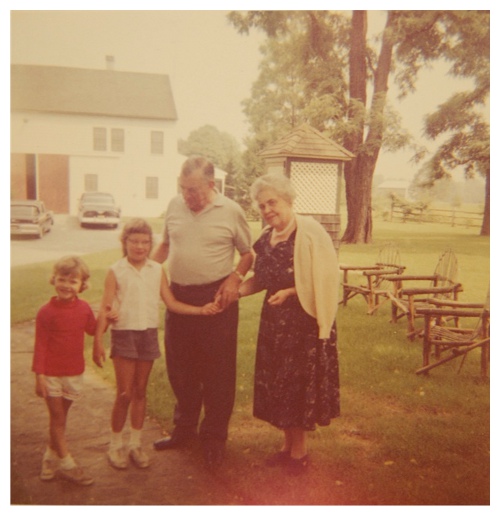

And Barbara—over at my Kirkus Q&A with her (November 15, 2012)—on illustrating Ellen Bryan Obed’s Twelve Kinds of Ice (Houghton Mifflin, November 2012), pictured below:
“Whenever my agent Jennie Dunham sends a manuscript for me to consider, there’s a small moment of tension before I begin reading the first word, like a tiny pause before tearing into the wrapping paper on a Christmas present. Will I be charmed by this manuscript? Will I see images as I read? And will my style and approach be a comfortable fit with the text? Twelve Kinds of Ice was charming from the start. The writing was simple, direct, and lyrical, natural and warm.”
(Click to enlarge image)
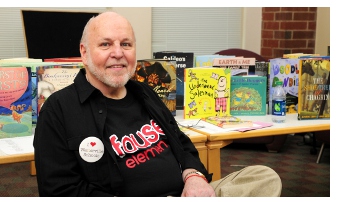 Poet J. Patrick Lewis over at my Kirkus column (April 5, 2012) on what he’s learned during his tenure as the Poetry Foundation’s Children’s Poet Laureate:
Poet J. Patrick Lewis over at my Kirkus column (April 5, 2012) on what he’s learned during his tenure as the Poetry Foundation’s Children’s Poet Laureate:
“As I’ve said repeatedly, the laureateship is the brass ring, the Ultima Thule, and I’m extremely gratified to have been so honored. Though the evidence seems convincing—the numbers don’t lie—that children’s poetry has seen more robust days, it is difficult to credit that when one is met at every venue with such overwhelming affection and rapt attention. Young children can’t spell ‘laureate,’ much less know what it means, but somehow they imagine they are shaking hands with some sort of Pied Piper, as every children’s poet who makes school visits can confirm. A gentlemanly curtsy to the Poetry Foundation for creating the laureateship. I’m sure I speak for my predecessors, Jack Prelutsky and Mary Ann Hoberman, when I say that we have loved being Secret Agents for the Word at every whistle stop.”
But it was war that stole from me / my job, my life, serenity…”
— From “The Captive,” Lewis’s poem about Mitsuye Endo, illustrated by John Parra
— From When Thunder Comes: Poems for Civil Rights Leaders
(Chronicle, December 2012)
(Click to see spread in its entirety and to read the poem)
Last Laughs: Animal Epitaphs (Charlesbridge, July 2012),
illustrated by Jeffrey Stewart Timmins
(Featured on April 10, 2012)
(Click image to see entire spread from which it comes)
Illustrator Erin E. Stead (February 21, 2012), pictured above:
“When I work with Philip [Stead], I usually get a very vague ‘I have a story idea for you’ and then he disappears for a while. I try not to ask him any questions during this time, because I know a lot of ideas can lead to nothing, and the ones that stick around are often hard to describe until you’ve properly found them. Eventually, I see a first draft handwritten on a legal pad. At that point, I stick my nose in his business and we talk through the idea. (For example, ‘checkers would be hard for an elephant to pick up, and I would do a bad job illustrating that. Can he play chess?’ Notice I have only demonstrated a good idea from myself, not the eight billion bad ideas I have.) Then, I leave him alone again.”
— Erin’s sketch and final art for Julie Fogliano’s
and then it’s spring
(Neal Porter/Roaring Brook, February 2012)
(Click to enlarge)

— Illustration from Philip C. Stead’s
Bear Has a Story to Tell
(Neal Porter/Roaring Brook, September 2012)
Author/Illustrator Philip C. Stead (May 3, 2012) on creating the art for A Home for Bird (Neal Porter/Roaring Brook, June 2012), using water-soluble crayon and gouache:
“This is a year’s worth of crayon shavings that I’m thinking about melting down into a single Crayon of Infinite Awesomeness:
I kicked myself many times over the next year for having made the decision to use these materials. Working with crayon might sound fun but, well, you can’t erase when you mess up. I’ve never had to tear up and throw away so much artwork. It is an odd and uncomfortable feeling to be learning how to use materials while working on a project that’s going to be published (not to mention reviewed and critiqued).”
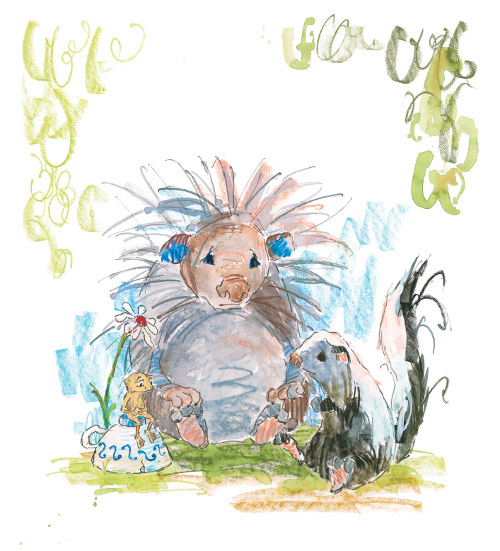
‘Perhaps he is lost,’ said Skunk. ‘Maybe he misses home,’ said Porcupine.”
— Illustration from Phil’s A Home for Bird
(Putnam, August 2012), illustrated by The Brothers Hilts
(Click to enlarge image)
 The Brothers Hilts (December 10, 2012), pictured right:
The Brothers Hilts (December 10, 2012), pictured right:
“We wish more people would discuss in detail the art of picture books. That is something we think about a lot.”
Author Sarah Stewart over at my Kirkus column (September 6, 2012):
“Without exception, I talk to myself every day in my separate diaries. One for dreams. One for my big garden. And one for my thoughts and observations. Out of this last one some kernel of a story emerges from time to time. I love my life.”
Author/Illustrator David Small (September 12, 2012) on creating the illustrations for Sarah Stewart’s The Quiet Place (Margaret Ferguson Books/Farrar Straus Giroux, September 2012):
“Sometimes, looking back at sketches, it’s hard to remember what made you change and substitute one thing for another. I liked this drawing at the time and still do. Here we get a real sense of Isabel’s close family. Mother is kissing Dad as he returns from the factory. Chavo is obviously proud of helping his sister, and little Isabel is ecstatic in her new box playhouse. This would definitely have gone into the book except for the fact that –duh—I had miscounted the pages and we found there was no room for it!”
for Toni Buzzeo’s One Cool Friend
(Dial, January 2012), featured here on February 7, 2012:
“Later, Elliot knocked on the door of his father’s office. ‘I have some research to do at the library about Magellan.’ ‘When I was in third grade, I got Captain Cook,’ his father said. ‘Where did you keep him?’ Elliot asked. But his father had already returned to charting the changing boundaries of the Great Barrier Reef.”
(Click to enlarge)
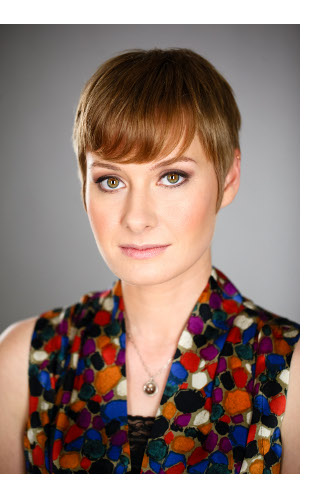 Illustrator and graphic novelist Hope Larson, pictured left, over at my Kirkus column (October 18, 2012) on adapting A Wrinkle in Time, which is pictured below, to the graphic novel format (Margaret Ferguson Books/Farrar, Straus and Giroux, October 2012):
Illustrator and graphic novelist Hope Larson, pictured left, over at my Kirkus column (October 18, 2012) on adapting A Wrinkle in Time, which is pictured below, to the graphic novel format (Margaret Ferguson Books/Farrar, Straus and Giroux, October 2012):
“It was nerve-wracking, definitely. I’m pretty zen about it, now that the project’s complete. But early on, I was intensely aware of what the response would be like if I did a bad job—or even if I did a good job. People don’t like their beloved childhood memories messed with, and when you adapt a classic like Wrinkle, that’s what you’re doing. At the same time, you can’t make a good adaptation without bringing part of yourself into the mix. It’s about finding the balance between respect and innovation. Thinking back, the challenges that stick out are getting the design for the Dark Thing down and figuring out a way to draw the jump rope and ball bouncing sequence on Camazotz. One of the struggles with that Camazotz sequence was compressing it down to an acceptable number of pages, while conveying so much motion and rhythm. But the biggest challenge was getting through the book, period. It’s a monster.”
 Illustrator Adam Gustavson (March 27, 2012), pictured right, on why he brings original paintings to school visits:
Illustrator Adam Gustavson (March 27, 2012), pictured right, on why he brings original paintings to school visits:
“[B]ooks are already reproductions of something. Children see reproductions of things all the time. They’re on the TV, on the radio, and of course, in books.
The talk is supposed to be about stripping away the magic trick of that; aside from peeling apart the layers of process and hard work that go into a book, seeing the art from a book is supposed to feel like passing a movie star on the street.
Real stuff just has a different presence to it, and I always feel that there’s nothing like the chance to occupy a room with it.”
The Story of Deaf Major Leaguer William Hoy (Lee & Low, April 2012)
(Click to enlarge)
Student illustrator Jördis Brier (August 5, 2012), whose artwork from a student project is featured below:
“My favorite medium at the moment is scratchboard. Usually, I work with pencil and, in the rare case of color, usually Polychromos.”
to go on a quest in order to find her brothers.”
(Click to enlarge)
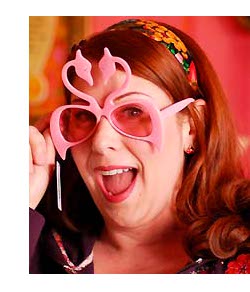 Author Angela DiTerlizzi (January 8, 2012), pictured right:
Author Angela DiTerlizzi (January 8, 2012), pictured right:
“Having a young child is a constant source of inspiration for any parent. But for me, as an author of books for children, in those everyday moments, anecdotes, and experiences, I can’t help but find seeds for new book ideas.”
Author/Illustrator Adam Rex (November 25, 2012) on creating the art for Mac Barnett’s Chloe and the Lion (Hyperion, April 2012):
“When it came time to sculpt the puppets, I had a lot of trouble capturing Mac’s considerable essence. So, now I have a Tupperware full of reject heads, should I ever want to surprise Mac with a funny package like the kind Kevin Spacey sent Brad Pitt at the end of Se7en.”
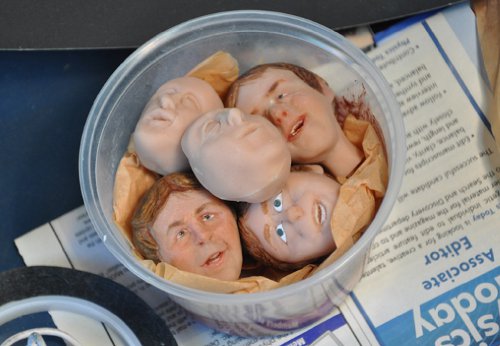
— Some final art from Chloe and the Lion
(Click to enlarge)
Author Mac Barnett over at my Kirkus column (June 28, 2012) on his books being consistently described as “quirky”:
“Last month on the radio, I heard a winemaker talking about how his business had changed, starting in the 1980s. Before that, apparently, vintners took pride in the idiosyncrasies of their individual processes and the quirks of their regions. You could take a sip and know that the grapes were grown in this particular terroir, say, and there was such wide and pronounced variety that you could tell the differences between two wines grown 30 miles from each other. But then that changed. Winemakers started aiming for received notions of the perfect Bordeaux or ideal Cabernet, and things started tasting the same. And this man on the radio was sad, because something had been lost.
Now, during the Reagan years, I was too young to even taste the holy swill in the Communion cup, but I see a similar trend in picture books—and on roughly the same timeline. The same plots get trotted out. Great ideas are shaved and sanded down until they look a lot like a lot of other things on the bookshelf. I like strange stories, shaggy stories, stories with knobby bits and gristle and surprises. And so I’m glad that people think my stories are quirky. All my favorite books have quirks. Although I think it is almost always more interesting to examine why something is quirky than to simply say that it is.”
And when Annabelle was done, she had some extra yarn.”
— Two illustrations above from Mac’s Extra Yarn (Balzer + Bray, January 2012), illustrated by Jon Klassen
Author/Illustrator Julie Paschkis (February 28, 2012) on the illustrations for Mooshka: A Quilt Story (Peachtree, March 2012), pictured below:
“I bought a book called Dating Fabric that showed little swatches of fabric designs from the 1800s to the 1960s, separated by decade. I used that for inspiration for the scale and color of the fabric patterns. I tried to design patterns that would look appropriate to the age of the schnitz. In the illustrations that took place in the present of the story, I used multicolored borders. When Mooshka stops talking, the patterns in the border disappear. The longer that Mooshka is silent, the darker the borders become. The patterns return when Karla decides to share the quilt and the stories with her sister.”
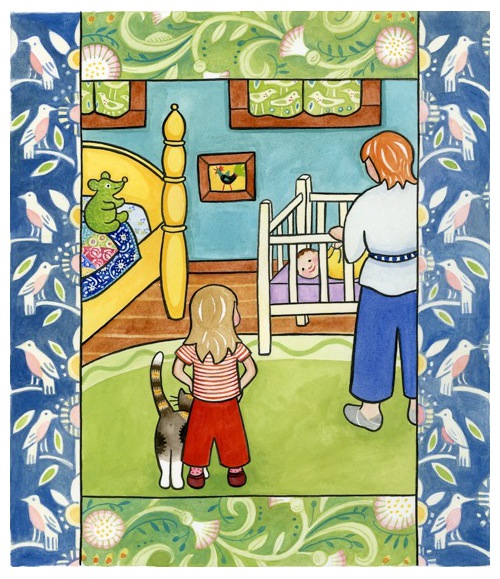
many words. Unfair. Stinky. My room. But Mooshka was silent.”
Artist Susan Sorrell Hill (September 2, 2012):
“I love telling a story with pictures and have been doing it in one form or another for most of my artistic life. I suspect it was that first box of fat crayons that hooked me.
These…are not-so-scary demon sketches (watercolor pen & ink) from my work-in-progress, The Teapot’s Tale, inspired by the life of legendary Tibetan yogi and poet, Milarepa. The one in the cape is the ringleader.”
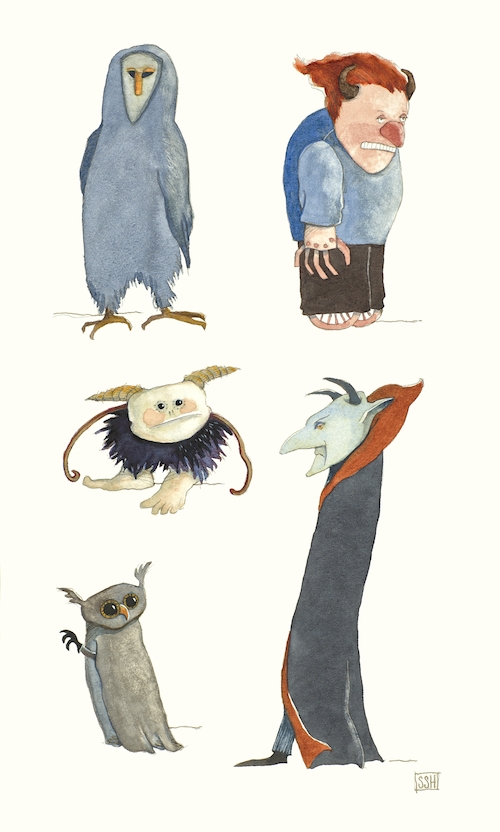
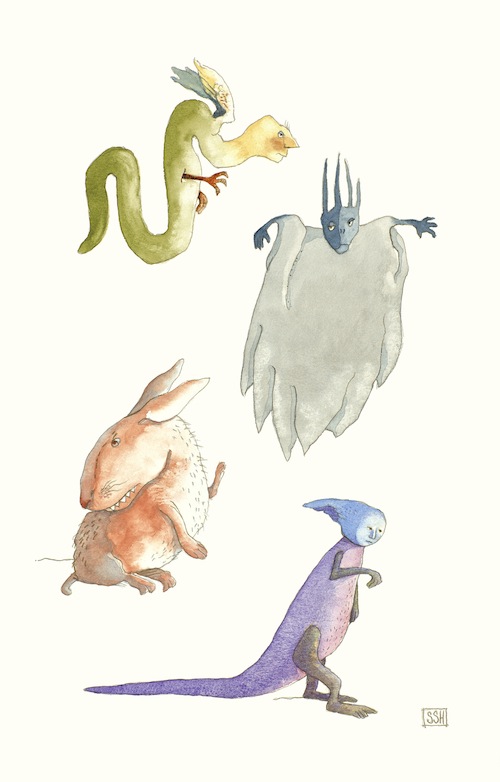
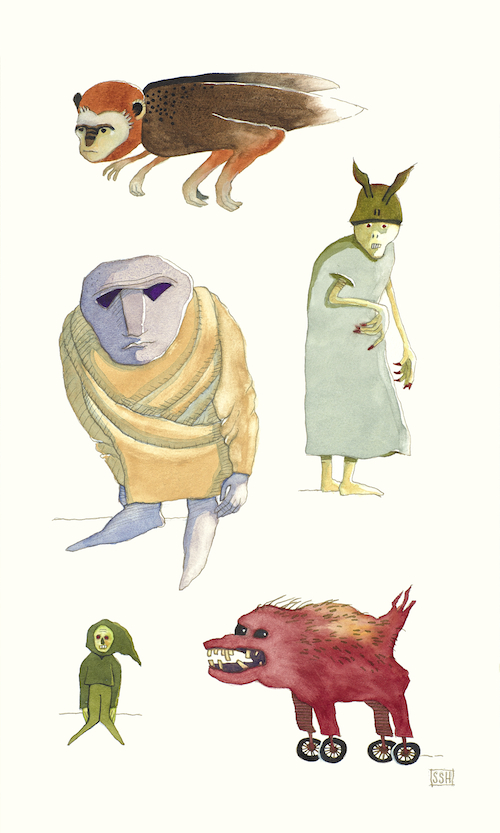
 Author/Illustrator Marisabina Russo (July 25, 2012), pictured left:
Author/Illustrator Marisabina Russo (July 25, 2012), pictured left:
“I do a lot of sketches and thumbnails before I actually make the dummy. As I move through the dummy, I start to see how the words and page turns will work. It’s like a dance, and sometimes I find places to prune the text.
Dummying is probably the most challenging part of making a book (for me) and takes great focus and concentration. No music, no telephone, no plaintive dog begging to go out, please!”
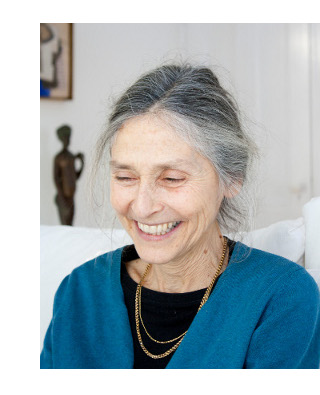 Author/Illustrator Claire A. Nivola (April 6, 2012), pictured right, on what prompted her to write Life in the Ocean: The Story of Oceanographer Sylvia Earle (Farrar, Straus and Giroux, March 2012), pictured below:
Author/Illustrator Claire A. Nivola (April 6, 2012), pictured right, on what prompted her to write Life in the Ocean: The Story of Oceanographer Sylvia Earle (Farrar, Straus and Giroux, March 2012), pictured below:
“The inspiration for the book originally came from hearing Sylvia Earle speak during an hour-long interview on Tom Ashbrook’s show, On Point (National Public Radio, February 2009).
She began by describing what she had seen with her own eyes during her many deep sea dives. Her undiminished sense of wonder, despite decades of diving, was contagious. She told of extraordinary creatures, curious about her, stunningly varied, many of them brilliant with bioluminescent colors. I had no idea!
By the time her tone darkened and she spoke of the crisis of the ocean—our crisis of survival, by consequence—I was hooked.”
(Click to enlarge spread and see in its entirety)
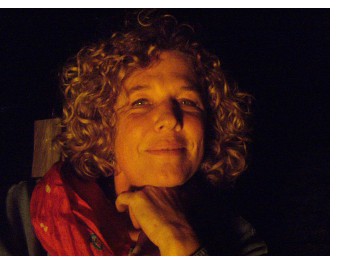 Author/Illustrator Ashley Wolff (August 2, 2012), pictured left, on teaching: “The students I encounter bring me all the news from the country of Digital. I don’t want to move there, but I enjoy learning about the exotic customs practiced there.
Author/Illustrator Ashley Wolff (August 2, 2012), pictured left, on teaching: “The students I encounter bring me all the news from the country of Digital. I don’t want to move there, but I enjoy learning about the exotic customs practiced there.
Students are usually so polite, but they can shine a light on my own ruts and faded habits just by being themselves!”
— From Ashley’s Baby Bear Sees Blue (Beach Lane, February 2012)
(Click to enlarge)
Author/Illustrator Steve Light (November 27, 2012):
“I love ink on paper. I have old ones and new ones and some with even customized nibs or points, specially made for me to draw with. I really just love to draw.”
(Candlewick, October 2012)
(Click image to enlarge)
Author/Illustrator Maira Kalman (in a joint interview with Jama Rattigan on March 22, 2012) on nurturing her creative life: “There is a lot of hope involved. And hoping for the best. And just plain doing your work.
I can’t emphasize that enough. Just sitting there and doing it — persevering. Being patient. And seeing the long view.
I am lucky in that my mother and aunts—the women in my family—were funny and irreverent. They told wonderful stories and baked cakes and generally had an optimistic view of the world, while knowing that tragic things happened all the time. And they loved to read. Reading was highly prized. And it gets passed on.
I am immensely lucky, and it would really be awful if I were jaded or cynical.”
(Click to enlarge and see spread in its entirety)
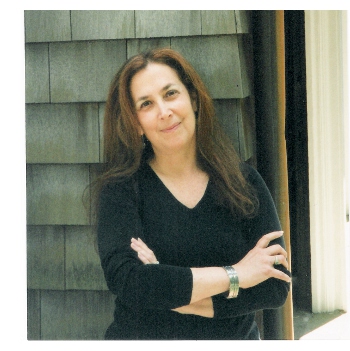 Author/Illustrator Jane Breskin Zalben (September 10, 2012), pictured right:
Author/Illustrator Jane Breskin Zalben (September 10, 2012), pictured right:
“When I am working, I think of nothing else. It sounds so cliché, but I am ‘in the moment.’ I can get pretty intense. I am consumed most of the time with work or thinking about the project/s.
I really love the act of making art and writing. I love being alone in a room. I love the click of the keys on the laptop, the touch of the pen to paper. Thinking. Laughing. Tearing up. At an image. Or the image created by words. I enjoy the process of re-doing. And trying to make it better. Nothing is perfect. Learning to let it go, so you can go on to another piece or work, is an act of creating.”

— Illustration from Zalben’s Mousterpiece
(Neal Porter/Roaring Brook, August 2012)
Art student and up-and-coming illustrator Ethan Aldridge (December 17, 2012), whom I feel sure we’ll see in picture books one day soon:
“I’ve always loved stories. I think most everyone does. Stories, especially ones geared toward children, make up an essential part of who we are and how we view the world. As we age, life seems to get more complicated. We have to worry about taxes and paying bills. However, the problems we face throughout our lives seem to stay rooted in base emotions we felt as children and continue to feel today: fear, displacement, uncertainty, and the like. Picture books simplify those problems down to the base emotions, make them playful, easier to swallow.”
(Click to enlarge and see in more detail)
 Debut author/illustrator Kenneth Kraegel (April 1, 2012, no kidding), pictured left, on his first picture book and its protagonist, Henry:
Debut author/illustrator Kenneth Kraegel (April 1, 2012, no kidding), pictured left, on his first picture book and its protagonist, Henry:
“As a teenager, I wished that the troubles of daily life would take on a physical form. Why couldn’t my awkwardness around girls be a knight in black armor that I met walking home from the bus? Or why couldn’t global poverty be an angry giant that I manage to conquer with my cunning and courage? It worked like that in Narnia. You fought it out, bravely struggled and overcame, and then there was a feast in your honor and you could kick back and take it easy. One time on the beach, after finishing Don Quixote, I put the book down and grabbed a huge fallen tree branch and charged Lake Michigan for all I was worth. I tripped on a wave and sprained my neck pretty badly and went around for a week with my head tilted to one side. So, maybe I am not as capable of grappling with evil incarnate as I imagine myself to be. But I would still love to go galloping off on a donkey into the high mountains like Henry gets to do in the book.”
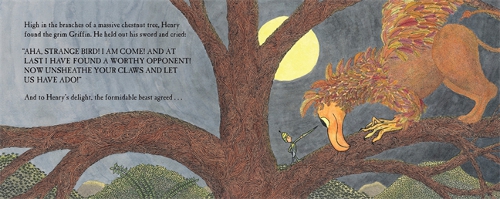
— From King Arthur’s Very Great Grandson (Candlewick, July 2012)
Twice as Good: The Story of William Powell and Clearview, the Only Golf Course Designed, Built, and Owned by an African American
(Sleeping Bear Press, January 2012)
(Click to enlarge)
 Author/Illustrator Eric Velasquez (June 7, 2012):
Author/Illustrator Eric Velasquez (June 7, 2012):
“I would like my work to ultimately make the world of literature more inclusive. At times, it seems I am reading the same book over and over again. I love books that depict a variety of cultures and help me learn about the world around me.”
Author/illustrator Brian Biggs (January 31, 2012) on his Everything Goes series:
“[It] started out as a conversation back in 2007 I had with my agent, Steve Malk. We were discussing the fact that I’ve illustrated a lot of books and I wanted to write some books, but what would be a good first book to put together? I’d been working on several transportation-themed puzzles and games for various companies, mostly Mudpuppy, and I was enjoying creating these busy scenes. Furthermore, I’ve been a Richard Scarry fan my entire life. With all of this in mind, I decided to start working on a book about transportation. And ‘about transportation’ is all I had for a long time.”
(Balzer + Bray, September 2012)
(Click to enlarge)
Brian also visited on March 16, 2012, to share some early sketches and final art from Cynthia Rylant’s Brownie & Pearl series:
“When I first read the manuscripts, it was not clear that Brownie and Pearl were a girl and a cat. I thought, in fact, that they were both cats. So, imagine my surprise when I sent a batch of character sketches to my agent and he calls me up and says, ‘erm, um, Brownie is a girl.’
So, ha ha. You know.”
— Early sketch and final art from Brownie & Pearl Go For a Spin
(February 2012, Beach Lane Books)
(Click second image to embiggen)
Author/Illustrator Selina Alko (December 23, 2012):
“It occurred to me that I didn’t know of any holiday books about both Hanukkah and Christmas…and so I thought about creating my own story — for our children and for so many others with similar homes. We had been celebrating both Hanukkah and Christmas together (and with our son, then three years old) for several years, so I tried to remember what was joyful about each holiday.”
Mixing music to bright smiles. I sing for both Daddy Christmas and Hanukkah Mama.”
— From Selina Alko’s Daddy Christmas and Hanukkah Mama
(Alfred A. Knopf, September 2012)
(Click to enlarge spread)
Jennifer Dasal, Associate Curator of Contemporary Art at the North Carolina Museum of Art, on their 2012 exhibit of the art of Ashley Bryan, pictured right, over at my Kirkus column (May 17, 2012 — with follow-up art here at 7-Imp):
“Rhythms of the Heart is a career retrospective of Ashley Bryan’s works and contains over 60 individual images—crayon and pencil sketches, prints, paintings, collage and even a ‘book dummy’ that shows how the artist visualizes a completed project. It’s a comprehensive exhibition that shows audiences how Bryan has progressed throughout his career, beginning with works created in the 1960s to illustrations done less than a decade ago.
It also makes connections between recurrent themes in his work—African-American spirituals and poetry, African folktales, and the importance of oral history and storytelling—all done in Bryan’s signature bright colors and bold outlines.”
‘My animals will welcome you, / I’ll sweep and clear a space.'”
— Spread from Ashley’s Who Built the Stable? A Nativity Poem
(Atheneum, October 2012)
(Featured on December 19, 2012)
(Click to enlarge spread)
Painter-transitioning-into-illustrator Moira Swiatkowski (July 1, 2012), whose art is pictured below:
“I have spent the last couple of years learning. I have taught myself to use a tablet with Painter and Photoshop to create images. I have also learned to embrace the Internet rather than be afraid of it. On my learning journey, I have discovered the wonderful world of children’s illustration, and I want to be a part of it.
I started to build my children’s illustration portfolio by creating characters in various situations. I am having fun sending my characters on little journeys.”
(Click to enlarge)
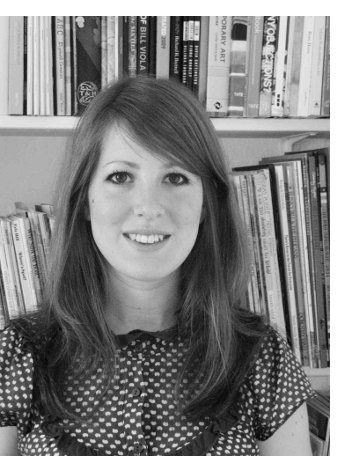 British author/illustrator Rebecca Cobb (December 20, 2012), pictured left:
British author/illustrator Rebecca Cobb (December 20, 2012), pictured left:
“…I need to leave the flat sometimes! It can be very easy to forget this when I am very busy and have deadlines to meet, but I am slowly learning that it is more useful to take some breaks and get some fresh air every day, because I often work much better afterwards. I think experiencing the world is so important for fueling ideas and getting inspiration.”
Author and poet Kate Coombs (March 13, 2012) on the artwork for her poetry collection, Water Sings Blue: Ocean Poems:
“When [Chronicle] told me Meilo So would be doing the artwork, I was very pleased: I recognized her as the illustrator of three poetry collections by Marilyn Singer that were sitting on my bookshelf. I quickly got those out and looked at the art. Aside from a number of small images on the covers, a lot of the pieces were monochromatic and/or spot art. I wondered what Meilo’s art would look like when she did larger, full-color pieces. So I hopped on the Internet and visited Meilo’s website, where I found beautiful watercolor pieces in bright colors. With that introduction, it wasn’t a shock to me when I saw the final galleys and they were just breathtaking — especially the jellyfish!”
has learned to swim…” — From “Jellyfish Kitchen”
(Click to enlarge)
‘I want a son even if he’s half a hedgehog!'”
— Illustration by John Nickle for Kate Coomb’s Hans My Hedgehog
(Atheneum, January 2012)
(Click to see entire spread)
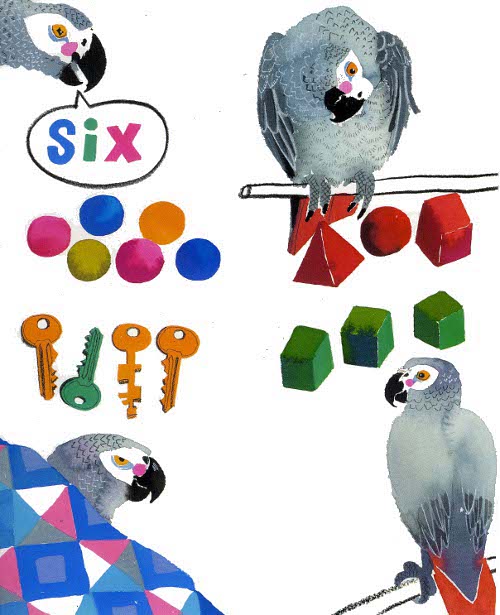
Alex had learned to count up to six, to add, and to subtract.”
— One of Meilo So’s (pictured below with her daughter) illustrations for
Stephanie Spinner’s Alex the Parrot: No Ordinary Bird (Knopf, October 2012)
Illustrator Meilo So (July 2, 2012) on school visits:
“Most of the time, children like to know how much I earn for being an illustrator.
In Shetland, there is still an unspoken tradition of passing jobs from father to son. At my last visit to a primary school in Yell, a child asked if he could have my job after I died.”
Soon-to-be-published cut paper artist/illustrator Jayme McGowan (November 18, 2012), pictured below:
“I create my images through a unique process of three-dimensional illustration. I say ‘unique,’ but that’s really just a polite way of saying my process is bizarre and overly complicated. … 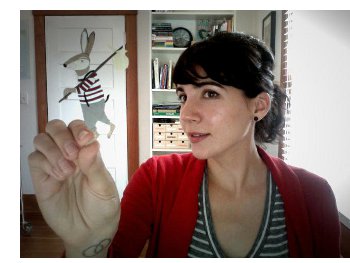 I have a thing for miniature art. I think there’s something magical about having to get up close to examine the details. My very first instinct was to work dimensionally, likely stemming from a love of the work of Joseph Cornell and dioramas/shadowboxes of all kinds. I became obsessed with discovering different ways to work with cut paper. It spoke to me on a level that painting just never did. I love the tactile experience: wrinkling, twisting, folding, tearing. The construction method of cutting and gluing, cutting and gluing, over and over, is like meditation to me.”
I have a thing for miniature art. I think there’s something magical about having to get up close to examine the details. My very first instinct was to work dimensionally, likely stemming from a love of the work of Joseph Cornell and dioramas/shadowboxes of all kinds. I became obsessed with discovering different ways to work with cut paper. It spoke to me on a level that painting just never did. I love the tactile experience: wrinkling, twisting, folding, tearing. The construction method of cutting and gluing, cutting and gluing, over and over, is like meditation to me.”
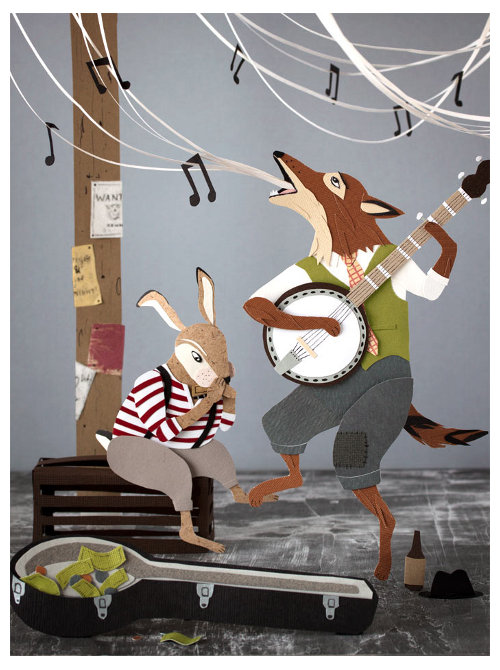
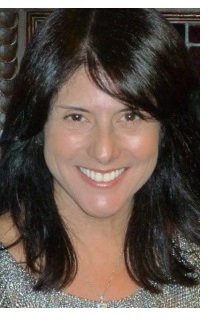 Author/Illustrator Laura Vaccaro Seeger (April 17, 2012), pictured left, on Green (Neal Porter/Roaring Brook Press, March 2012):
Author/Illustrator Laura Vaccaro Seeger (April 17, 2012), pictured left, on Green (Neal Porter/Roaring Brook Press, March 2012):
“[The book] was quite a challenge, as from the start I knew that the book should be about the environment, but I was completely uncomfortable jumping on the green-bandwagon. I worried that it would come across as didactic.
I’d written several texts for the book in varying lengths and styles, all of which I’d abandoned as they ultimately didn’t sound like my voice. Finally, I’d decided that I wouldn’t do the book at all and proceeded to work on others instead.
Then, one night at around midnight, I began to think about the color green. What finally came together was a simple poem exploring green in our physical and abstract worlds with, of course, a subtle tie-in to the environment in (I hope) a gentle, hopeful, and positive way.”

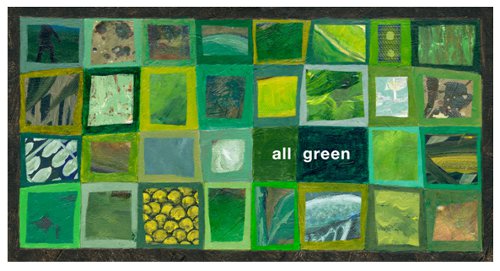
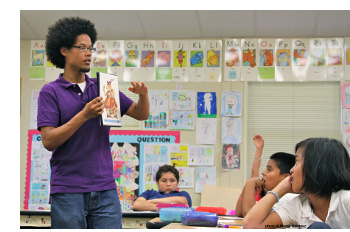 Illustrator, artist, and mural-maker Robert Trujillo (June 3, 2012), pictured right and whose artwork is pictured below:
Illustrator, artist, and mural-maker Robert Trujillo (June 3, 2012), pictured right and whose artwork is pictured below:
“Although I have been an artist for most of my life and I have been to art school, I’m pretty much teaching myself how to illustrate sequential stories. I have been blessed to receive feedback, comments, love, and encouragement from my community. And that lets me know I’m doing something right. As a direct result, I have been invited to visit several classrooms in California to share my short stories, and I’m building towards self-publishing my work and collaborating with any like-minded folks.”
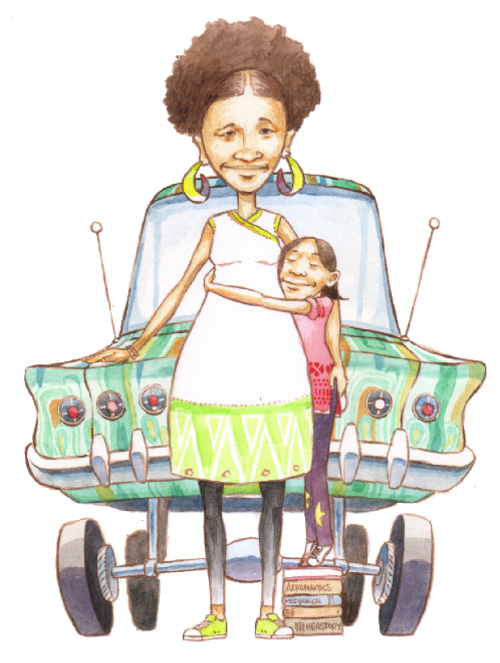
People thought she couldn’t do it, but we sure proved ’em wrong!
And I was proud of myself for helping her choose some pretty colors for the painting.”
Debut author/illustrator Melissa Guion (December 9, 2012):
“It’s such a pleasure to share art with kids. First of all, they aren’t reliant on mental shortcuts, so they’re fascinating to talk to. They notice things and they volunteer their opinion, which can be scary if you displease them, but they’re also generally impressed when they see art, because they haven’t been looking at it in museums and books for so many years that they’ve forgotten how meaningful and hard-won each new creation is. Making things for them is a very, very satisfying activity. If only it weren’t so solitary.”
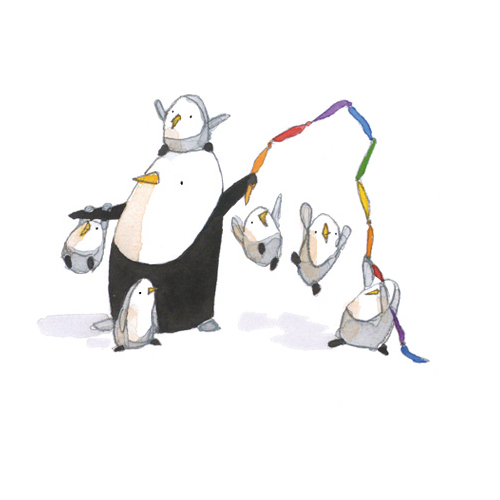
— Spread from Melissa Guion’s Baby Penguins Everywhere!
(Philomel, December 2012)
Author Jane Kohuth during a visit with illustrator Jane Porter (May 6, 2012) on Duck Sock Hop (Dial, May 2012), pictured below:
“I’m a very visual thinker and enjoy drawing and painting myself. This has been a help to me in writing picture books, because I’m thinking all the time about the possible interplay of words and pictures. I had a fairly clear idea of what my ducks looked like, though I knew that there was a good chance that Jane Porter would have another idea entirely. So, I was so happy when I saw her initial artwork and realized that her ducks closely resembled the ones living in my head. Only better.”
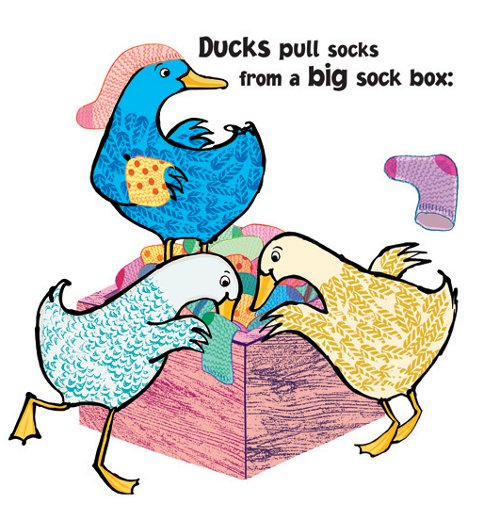
 Author/Illustrator Susan Gal (August 21, 2012), pictured left:
Author/Illustrator Susan Gal (August 21, 2012), pictured left:
“Character design is the most exciting part for me. While working in animation, I learned how important it is to know your characters. If they aren’t real to me, then there’s no point in spending time with them and bringing them to life in my story.
Sometimes a character’s personality is pretty complete from the start. Other times, the character evolves as the dummy evolves.
I spend a lot of time sketching the characters to get a feel for them. I like to stay very loose at this stage to keep the drawings fresh and allow for spontaneous things to happen.”
— Character sketch and final art from Susan’s Day by Day (Knopf, July 2012)
(Click second image to enlarge)
Author/Illustrator Scott Magoon, who visited on February 12, 2012 with author Kara LaReau to discuss their 2011 picture book titles:
“Kara and I used to collaborate as editor and designer at Candlewick Press years before we began working on our own books as author and illustrator. As I had with Kara herself in those days, I have found a personal connection with each of the protagonists (and some antagonists!) in Kara’s stories. As an artist, that connection keeps me personally engaged and emotionally involved with the drawings I create for these books. Because often I think I know how they feel, I strive to capture that for the book.”
So beat it. Scram. And don’t come back!’
Mike found excuses not to use his car for the next few days.”
— One of Scott’s spreads from Michelle Knudsen’s Big Mean Mike
(Candlewick, August 2012)
(Click to enlarge)
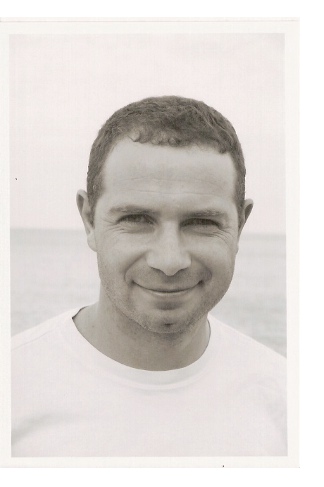 Author/illustrator Elisha Cooper over at my Kirkus column (June 8, 2012), pictured left, on Homer (Greenwillow, May 2012), pictured below:
Author/illustrator Elisha Cooper over at my Kirkus column (June 8, 2012), pictured left, on Homer (Greenwillow, May 2012), pictured below:
“On its face, this is a simple book. A dog sits on a porch. His family comes and goes. The end. But, yes, I hope something more is happening here. The children head out into the world—one girl explores a field by herself, one explores the beach by herself—before returning to the security of their family. They are bold, then safe — with unscheduled space, as you say, to pick flowers or collect shells. This freedom fills them up.
Maybe it’s the paradox of parenting. How, if we let children go, they come back stronger. When I was painting the book, I’m sure I was thinking about my daughters. They were heading off to summer camp before returning to me at the end of their day. But in some larger sense, I knew they were also heading off into their lives. This letting-go stuff still sort of kills me. But I know it’s important. If we create space for those we love, then love will come into that space.”
(Click second image to see spread as it’s laid out in the book)
Debut author/illustrator Abby Hanlon (November 4, 2012):
“When people ask me what my kids want for their birthday, I say children’s books that I secretly want. Nobody suspects.”
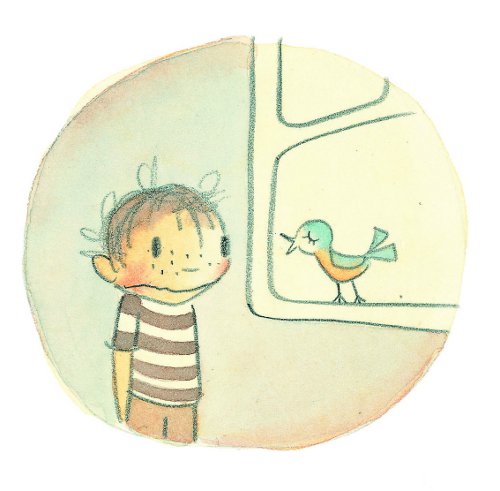
(Amazon Children’s Publishing, August 2012)
— Spread from Deborah Hopkinson’s A Boy Called Dickens (Schwartz & Wade, January 2012), illustrated by John Hendrix, pictured below
(Click to enlarge spread)
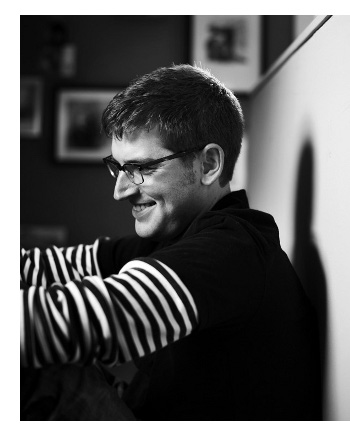 Author/Illustrator John Hendrix (April 24, 2012):
Author/Illustrator John Hendrix (April 24, 2012):
“Teaching is a very important part of my life as an artist. The very act of trying to quantify processes that may be, occasionally, entirely intuitive is instructive to both teacher and student. I love being a part of a student’s journey, even in a small way. Introducing them to a new artist that they fall in love with or seeing their visual voice suddenly emerge is very satisfying. Plus, being around younger people is inspiring. They make time for play in ways that professionals might see as wasteful.”
Author/Illustrator Cece Bell (November 1, 2012) on Rabbit and Robot (Candlewick, September 2012), pictured below:
“This book was my attempt to be a smidgen like Arnold Lobel, who is arguably still the greatest chapter book writer and illustrator of all time. He brought some really interesting psychological things into his work that really make you want to linger over his books longer. Even the illustrations, though a combination of hand-drawn stuff and computer stuff, were sort of created with Lobel in mind. There’s one author/illustrator that I really, really wish I could have met.”
even though you put weird things on yours.’
‘Thank you, Rabbit,’ said Robot.”
(Click to enlarge and see text)
Author/Illustrator Emily Arnold McCully (June 13, 2012):
“I believe that narrative uniquely fosters empathy and even intelligence and is an essential human impulse. Introducing it to children via the picture book is a necessary mission.”
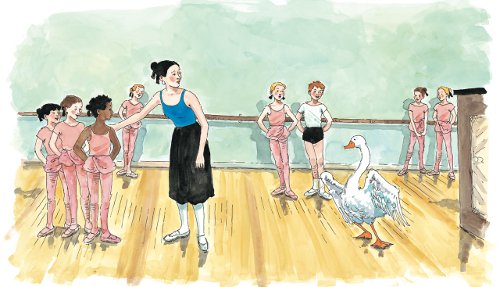
Sophie braced herself for what she thought would be coming.”
— One of Emily’s illustrations for Allegra Kent’s
Ballerina Swan (Holiday House, March 2012)
— One of Emily’s illustrations from Eve Bunting’s
Ballywhinney Girl (Clarion, March 2012)
(Click to enlarge spread and see text)
Author/Illustrator Tad Hills over at my Kirkus column (May 3, 2012):
“I have had some truly wonderful teachers in my life. Of course, teachers come in all flavors and are not always found in schools. I guess the Little Yellow Bird [pictured below] is a combination of the many teachers and people who have inspired me and made me feel that I was capable and had some talent. She is patient and wise and just gently forceful enough to make you listen and think.”
She wanted to know more about the owl and asked Rocket questions.
‘Why do you think the owl wouldn’t come down? What color is her beak?
What does she do every day?'”
— From Tad’s Rocket Writes a Story (Schwartz & Wade, July 2012),
featured here again at 7-Imp in July
(Click to enlarge spread)
Soon-to-be-published illustrator Zack Rock (October 14, 2012), whose art is pictured below:
“I was born to illustrate. Or at least I never realized the adults were just humoring me when they, for instance, complimented my irredeemably Cubist portrait of a moo cow. So, instead of learning practical things like accountancy or hammers, I tossed all my chips on ‘Artistic Genius’ and let it ride. Reality eventually disabused me of any delusions of genius. But my youthful gamble did land me a career as a video game artist and acceptance into the renowned MA in Children’s Book Illustration program at England’s Cambridge School of Art.”
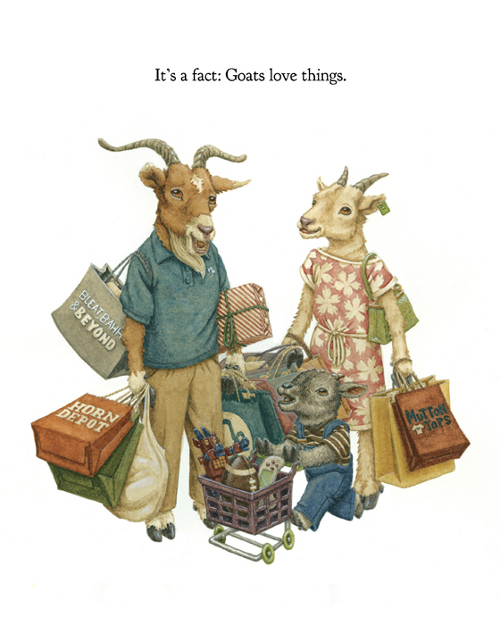
Author Tammi Sauer (April 3, 2012):
“For me, coming up with a good idea is hard. Crazy hard. Some people can churn out 325,989 ideas before breakfast. I am not one of those people. For example, it took me over a year to come up with the idea behind Me Want Pet! I had always wanted to write a pet book, but I knew my story had to be different from the piles of pet books that were already out there. I finally got my ah-ha in the PetSmart parking lot. (Oh, the irony.) Instead of writing about a typical kid who wanted a typical pet, I decided to write about a cave boy who goes in search of the perfect prehistoric pet. Ooga!”
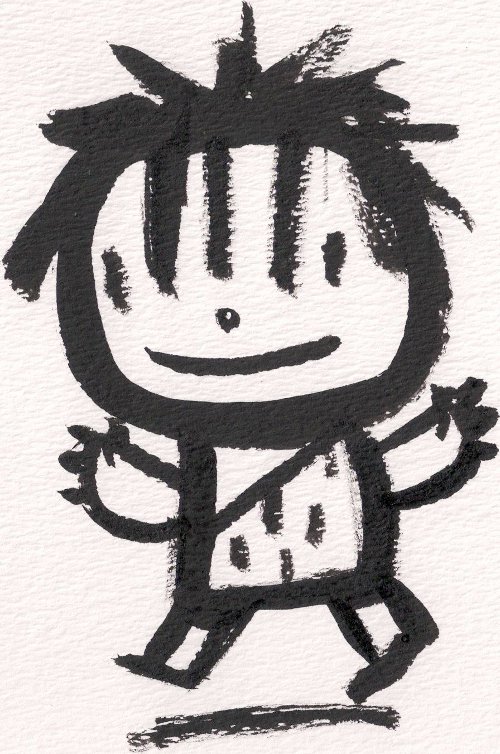
(Simon & Schuster/Paula Wiseman Books, March 2012)
Princess in Training (Harcourt, October 2012)
(Click to enlarge)
illustrated by Dan Santat
(Click to enlarge)
 Author/Illustrator Dan Santat, pictured left, over at my Kirkus column (July 12, 2012):
Author/Illustrator Dan Santat, pictured left, over at my Kirkus column (July 12, 2012):
“When I started out in art school, three of my biggest influences were N.C. Wyeth, William Joyce and Egon Schiele. The combination of the three really pushed my interest in dramatic lighting, multilevel staging and tension created with sharp angles in composition. Japanese manga immediately drew me in, because it encompasses all three so well. A few of my teachers were also working for major animation companies, and they often referenced films to show how composition could create certain moods and narratives.
One time I was asked to study Hitchcock films and storyboarded the entire film using only black silhouettes, so yes, I would say my work has been very much influenced by film/TV, but also a good portion of classic illustration.”
(Click to enlarge)
Author Judith Viorst over at my Kirkus column (September 20, 2012) on illustrator Lane Smith:
“I would like to talk worshipfully about Lane Smith, whose illustrations for the two Lulu books are beyond perfect. The girl leaps off the page in all her peevishness and outrageousness; the dinosaur is a model of elegant dignity; and the impossibly goody-good Fleischman and the three dogs in the second Lulu just crack me up. Children’s book writers sometimes wish that they knew how to draw, so the pictures on the page could look exactly, exactly, how they wished they would look. Lane’s glorious drawings are beyond anything I was even capable of wishing for, and I am awash with gratitude.”
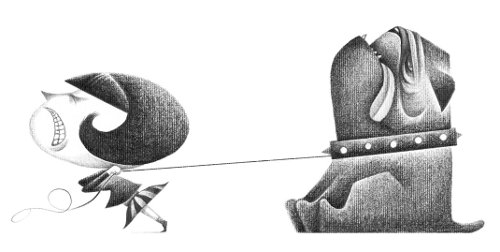
He pulled harder, making Lulu bang into a tree.”
— Illustration from Lulu Walks the Dogs (Atheneum, September 2012)
from this September visit with Lane Smith
(Simon & Schuster, May 2012)
(Click to enlarge)
recap2.jpg) Author/Illustrator Bryan Collier over at my Kirkus column (July 4, 2012) on I, Too, Am America, his picture book adaptation of Langston Hughes’ 1945 poem, “I, Too, Sing America”:
Author/Illustrator Bryan Collier over at my Kirkus column (July 4, 2012) on I, Too, Am America, his picture book adaptation of Langston Hughes’ 1945 poem, “I, Too, Sing America”:
“I thought that the history and legacy of the Pullman porters and sleeping car waiters were a perfect vehicle to tease out some of the themes of inequality, [African-Americans] being considered invisible and marginalized in American life. The Pullman porters were remarkable and dignified through their constant travel on the train in the way they became the lifeline to the outside world for their community.”
Author/Illustrator Gianna Marino (May 13, 2012) on the origin of Meet Me at the Moon (Viking, March 2012), pictured below:
“A few years ago, just seven years after my father had passed, I received a call from my mother that she was ill. We had a long conversation on the phone and, while we did not know yet what her illness was, I knew it was serious. I took a nap after her call and, when I woke, wrote down the story from my dream. … Every event in our life influences our work. Everything we do inspires us — or scares us into creating. When we face what we are afraid of, we follow a path that is unknown and challenging, and we get to the heart of the emotion. My fear was not only in losing my second parent, but in facing someone, again, day after day, who knows their life is coming to an end. I became determined to transform my mama and baby dream into something tangible that would keep my mother and I connected forever.”
— Spread without text from Gianna’s Meet Me at the Moon
(Click to enlarge)
Debut author/illustrator Sarah Frances Hardy (March 4, 2012), whose art is pictured below:
“My journey into writing and illustrating for children began as a seed when I was a little girl, but it wasn’t until about seven years ago that I dug in my heels and truly began to seek publication. I told my friends and family what I was doing (thereby ‘coming out’), joined SCBWI, and started writing and drawing every day.”
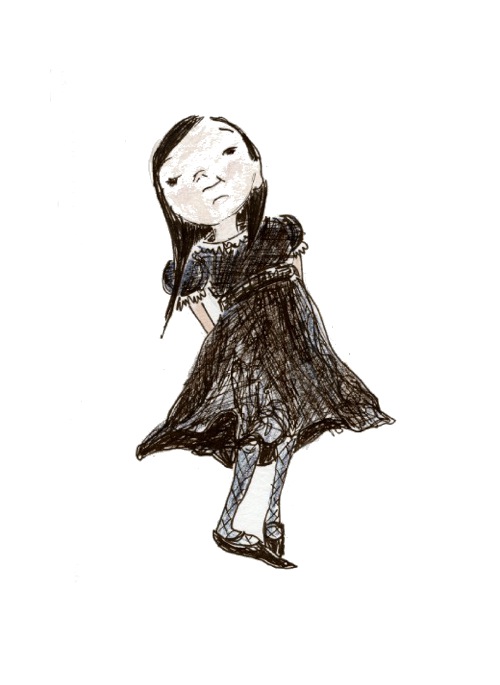
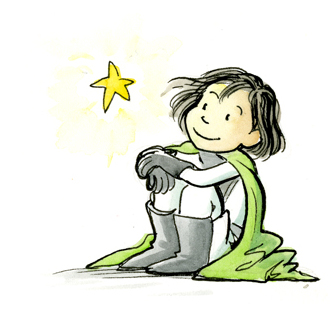 Graphic novelist and illustrator Ben Hatke (September 25, 2012) on Legends of Zita the Spacegirl (First Second, September 2012):
Graphic novelist and illustrator Ben Hatke (September 25, 2012) on Legends of Zita the Spacegirl (First Second, September 2012):
“The day I turned in Zita 2 was one of the best days of my recent memory. It was a perfect September day and I had my wife drop me off in a small town nearby. I went to the Dollar Store there and bought a bunch of snacks and then hiked home along the railroad tracks through the woods. I waded across the Shenandoah river. It was awesome.”
Author/Illustrator Edward Hemingway (September 16, 2012):
“One of my favorite teachers once told me that our limitations create our style, and I believe this. I am always trying to be a better painter, but I have also learned to embrace and exaggerate my flaws, which ultimately make my work unique, make it mine. My warped sense of perspective, my crude brush strokes, my flat compositions, my love of aping cartoons of the 1940s and ’50s. I used to find a lot of inspiration in other artists with romantic and often retro styles, but I’m trying to let go of that a little. No one will ever make a better William Joyce book than William Joyce, so why try? The best you can hope for is to make your best work in your own voice.”
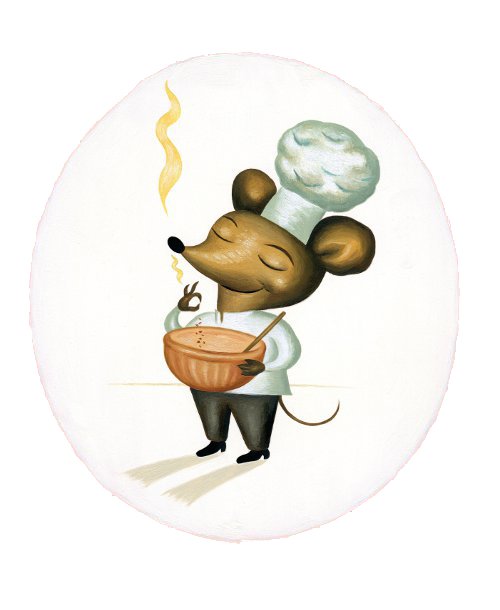
Michael Oatman’s Tiny Pie (Running Press Kids, September 2012)
Director of Nobrow Press, Sam Arthur, over at my Kirkus column (June 14, 2012):
“Our intention was to publish books that deserved to be printed—and by that I mean they needed to exist as tactile objects that people [can] collect and cherish. In this sense, all of our books are designed and considered from their first inception to be beautiful objects with excellent content. We use unusual printing methods to achieve our bright and vivid colors. The weight and texture of the paper we use is also carefully researched to give our books a certain almost-nostalgic feel. Our books even smell good!”
(Nobrow, September 2012)
(Click to enlarge slightly)
Art director, imprint editor, and namesake for McMullens, McSweeney’s children’s book imprint, Brian McMullen, over at my Kirkus column (August 9, 2012):
“We’ve learned a lot in the year since our first titles were published. We’ve learned that dads, grandmas and god-uncles are generally willing to pay a dollar or two more for a picture book constructed of top-quality materials. We’ve learned that there are people out there who agree with us that a kids’-book subscription plan—eight books in the mail for one price—is a cool gift idea for a child. We’ve learned that, since we have an annual marketing budget of $76, we’ll need to work triple hard and be extra creative with our outreach, every time, in order to have a good chance at getting our books onto library shelves. We’re still figuring out the best ways to earn the attention of adventurous children’s librarians.”
The little girl says: ‘My name is Jacqueline.'”
— Illustration from Eugène Ionesco’s Stories 1, 2, 3, 4,
illustrated by Etienne Delessert
(McMullens, September 2012)
(Click to enlarge spread)
September 9, 2012, was Local Talent Day at 7-Imp, in which Nashville illustrators Mary Uhles and Susan Eaddy (clay illustrator) visited:
uhlesrecap.jpg)
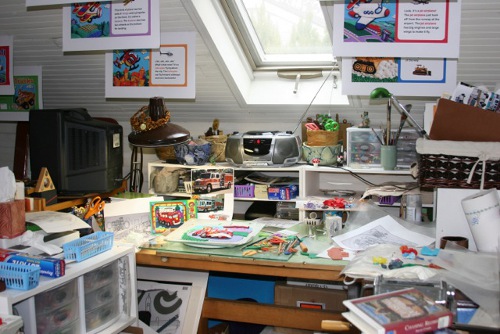
(Click to enlarge)
Author Rachel Vail, who visited with author/illustrator Jeremy Tankard on March 25, 2012, on how she got un-stuck while writing Piggy Bunny (Feiwel and Friends, February 2012):
“I suddenly remembered The Carrot Seed (by Ruth Krauss, illustrated by Crockett Johnson) and the perfect thrill I got, reading it again and again as a kid and then as a parent. It wasn’t a modern, ironic victory the little boy achieves –- winning by letting go of an outgrown ambition. It was pure unalloyed YES. The kid thought he could grow a carrot and, despite the very reasonable nay-saying all around him, he worked at growing his carrot and believed he could do it -– AND HE DID.”
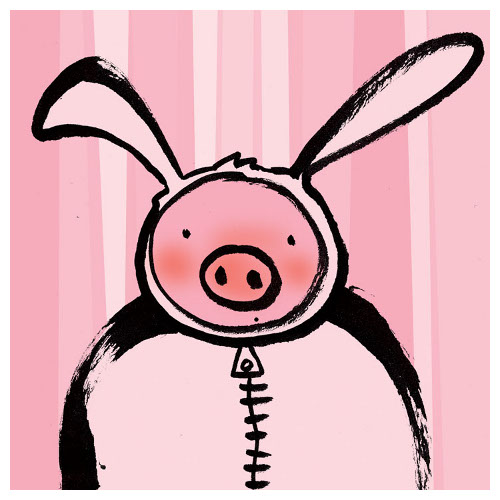
Jeremy Tankard: “My portfolio has, for many years, featured a drawing of a pig wearing a bunny suit. The drawing is funny (in a quirky kind of way), and the pig-in-the-bunny-suit looks a bit embarrassed and self-conscious — a real character.
I have always liked the drawing, and it hinted at a story.”
1.jpg) Author/illustrator Stephen Shaskan (January 17, 2012) on whom he’d most like to meet:
Author/illustrator Stephen Shaskan (January 17, 2012) on whom he’d most like to meet:
“I would love to sit with Ruth Krauss, Crockett Johnson, and Maurice Sendak. … These are people who are intentional in their work. They truly attempt to understand the world of the child. They bring child development into their work. They understand that a child is constantly using play to explore and understand the ‘real’ world, and this play often involves fears. Books are a safe way of dealing with these fears. They also understand that this use of play/imagination is always happening. Young children are in a state of imagination and reality at the same time. Not only is it a way to deal with fears, but it is also a way to understand the world they live in.
I would also like to get Jon Scieszka (whom I have met), Bob Shea, and Mo Willems in a room, but I think that would be better with hard liquor.”
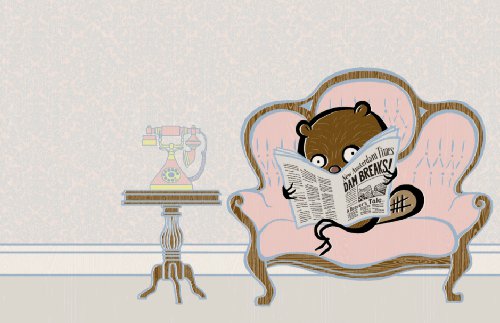
Author/Illustrator Brian Lies (April 27, 2012) on creating the artwork for
I. C. Springman’s More (Houghton Mifflin, March 2012):
“[This below is a] very rough blue pencil sketch, either from 1995 or 2004, of the bird on one of its many nests, which became the basis for ‘Way too much.'”
(Click to enlarge)
Illustrator Maja Sereda (February 5, 2012):
“This [below] is from my first published book, titled Danie Dreyer se dinosouruseier en ander alfabetpret, written by Jaco Jacobs. It is an alphabet book, and this illustration was done for the letter ‘H,’ which is about a girl who is always late, in spite of all the clocks on her hat (gouache on paper).”
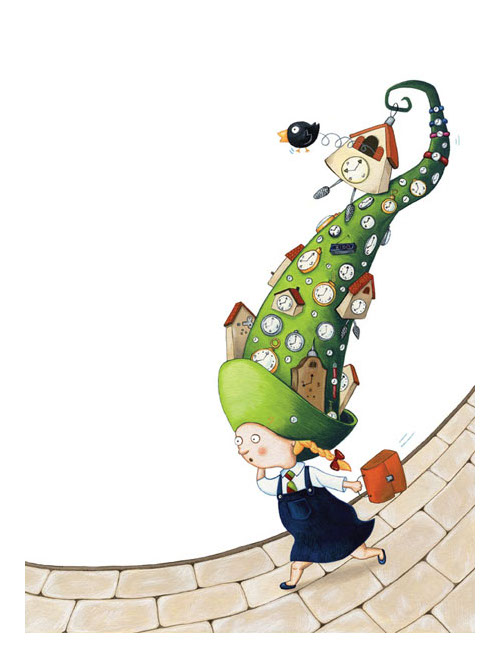
Author/Illustrator Margaret Chodos-Irvine (April 5, 2012):
“I am a printmaker—I use a variety of printmaking techniques to illustrate my books—but mostly I do relief printing from mixed media. The template tells me where each piece I cut and ink needs to go in relation to every other piece. I also use the template to register the paper I print onto so I can get it in the same position each time I print successive layers of color. It’s complicated, I know…. [Here’s] a shot of my inking table, while I was working on Dinosaur Thunder.”
(Scholastic, May 2012)
(Click to enlarge)
Author/Illustrator Victoria Jamieson (August 2, 2012):
“I do all of my preliminary sketches in pencil and scan those in to make my first dummies. Once all of the sketches are approved, I do all of my color studies in Photoshop first. This is a trick I learned from reading an interview with Peter Brown, and it’s changed my life. Color has always been difficult for me—I’m much more comfortable with drawing—so being able to try out different colors and lighting before doing the final painting is great for me.”
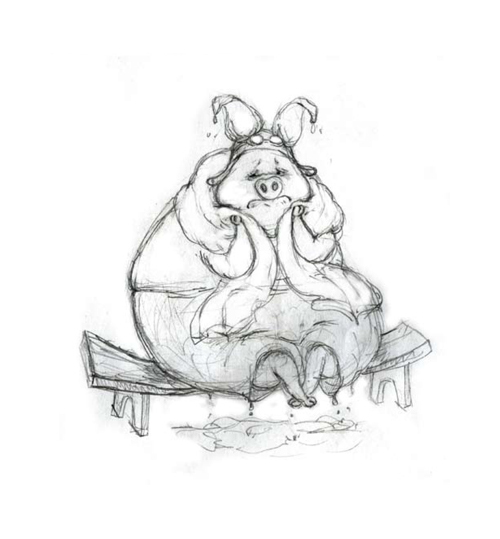
Author/Illustrator Yuyi Morales, pictured below, over at my Kirkus column (June 29, 2012) on researching for her illustrations for Amy Novesky’s Georgia in Hawaii: When Georgia O’Keeffe Painted What She Pleased (Harcourt, March 2012): 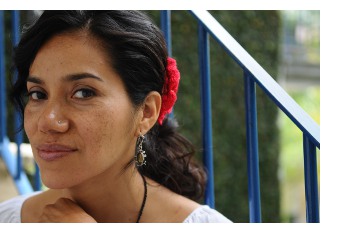
“One thing that was very eye opening to me, while illustrating this book, was how different Georgia and I are as artists. I realized that I had started with a very idealistic image of her, perhaps because that is the kind of artist I am—an idealist floating among clouds. In the process, I began seeing a more realistic, stubborn and even, at times, elitist painter than I had imagined. I even started to believe that if she had been alive to see my work, she might have hated it! Oh, had we lived at the same time, and I’d had a chance to miraculously meet her, I might have been afraid of Georgia! But it is her strength that draws me to her, what makes her an example for my own work, what makes me want to look up close, repeatedly, and for a long, long time at things.”
(Click to enlarge)
Author/Illustrator Jill McElmurry (May 15, 2012) on Mario Makes a Move (Schwartz & Wade, May 2012), pictured below:
“I tell people that [the book] is autobiographical. Like Mario, I had parents and grandparents who were encouraging to a fault. They praised every scribble and cheered every dance move, even the one where I claimed to be the fastest dancer alive. (It involved running in place, squinching my face, and imagining I was a blur of speed.) Like Mario, once I hit kindergarten, I learned that there were other drawers and dancers (and writers and readers and math problem-solvers) out there more amazing than myself. Like Mario, I had a best friend I was sometimes jealous of. And like Mario, from time to time I’ll lose my groove and have to figure out how to get it back. Unlike Mario, I was not then nor am I now a squirrel.”
(Click to enlarge)
Artist Lia Marcoux (January 1, 2012):
“I live with my boyfriend and I’m an adult, which means I get to eat mango crisp for dinner and, in fact, I just did. I decided I wanted to be a professional artist and storyteller after a deep meaningful relationship with the first season of Digimon (I wish I was kidding), but while I was attending the Rhode Island School of Design, my interests shifted from animation to publishing.”
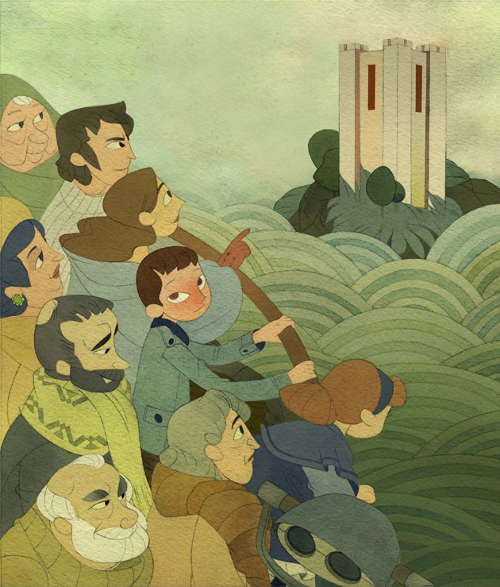
as filled with my favorite responses from 2012:
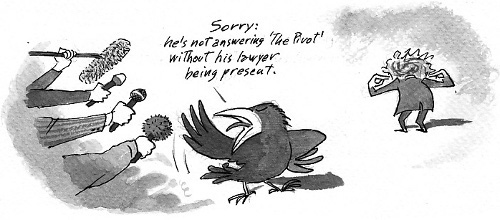
7-Imp: What is your favorite word?
Matthew Cordell’s “gubernatorial.”
7-Imp: What is your least favorite word?
Ashley Wolff’s “fundamentalism.”
7-Imp: What turns you on creatively, spiritually or emotionally?
John Hendrix: “I like sitting in churches during the daytime — to enjoy the stained glass windows.”
7-Imp: What turns you off?
Adam Gustavson: “Pop culture. That sounds cranky. Lets say anything that’s didactically or cynically written, slickly produced, or of an overall manufactured quality. I actually feel a real kinship to the people who make those things. It does take talented, hard-working people to make them, and pinpointing the fickle tastes of a million people at once is a gift I find incomprehensibly daunting. But the products themselves leave me feeling instantly deflated. I tend to think of the way that sort of stuff needles me as a personal weakness, not a point of pride. Still, I’d rather watch Mick Jagger dance around like a goofball and miss half his notes than watch Usher bust moves in a line of perfectly synchronized dancers while singing over an autotuned backing track.”
7-Imp: What is your favorite curse word? (optional)
Eric Velasquez: “I believe one must be impeccable with their words.”
7-Imp: What sound or noise do you love?
Sean Hilts: “The scratch of a record before the song starts.”
7-Imp: What sound or noise do you hate?
Erin E. Stead: “Adult cocktail-party laughing.”
7-Imp: What profession other than your own would you like to attempt?
Emily Arnold McCully: “Tango dancer.”
7-Imp: What profession would you not like to do?
Adam Gustavson (again): “[Insert repetitive task here.]”
7-Imp: If Heaven exists, what would you like to hear God say when you arrive at the Pearly Gates?
Susan Gal: “We have no cell service, but we do have fresh-pressed coffee. And grilled cheese sandwiches, mom-style.”
And… some more illustrations from the year, which I think just have to make a presence in this post:

(Simon & Schuster, September 2012), illustrated by Debbie Ridpath Ohi
(Featured on October 18, 2012)
— Illustration from Kevin Henkes’
Penny and Her Song (Greenwillow, February 2012)
(Featured on February 9, 2012)
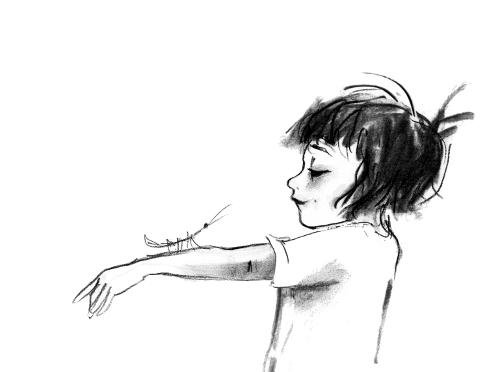
— From Sonya Hartnett’s Sadie and Ratz (Candlewick, March 2012), illustrated by Ann James
(Featured on March 23, 2012)
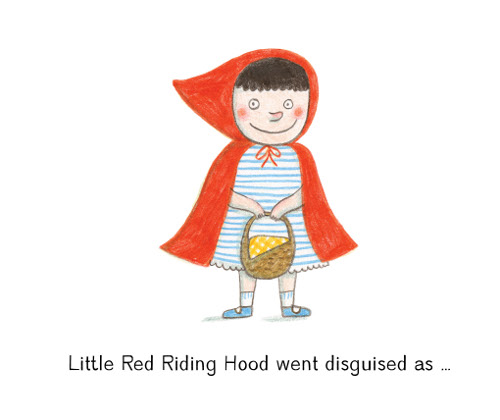
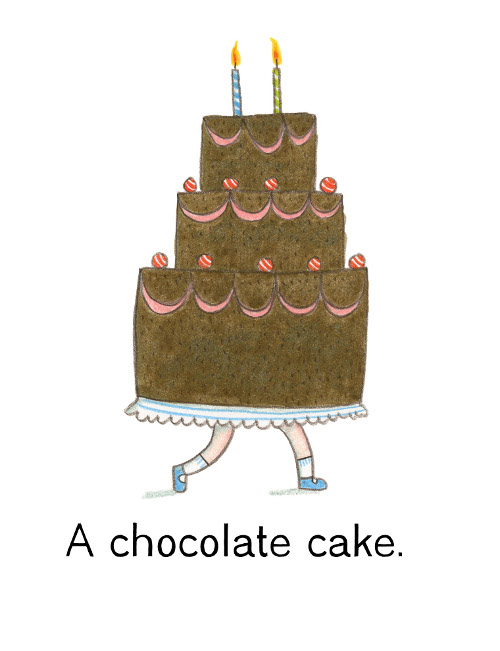
(Kids Can Press, March 2012)
(Featured on June 10, 2012)
— Spread from Adam Rubin’s Dragons Love Tacos (Dial, June 2012), illustrated by Daniel Salmieri
(Featured on April 15, 2012)
(Click to enlarge spread)
— Spread from Jon Klassen’s This Is Not My Hat
(Candlewick, October 2012)
(Featured on August 17, 2012)
(Click to enlarge spread)
illustrated by debut artist Hadley Hooper (Scholastic, January 2012)
(Featured on January 19, 2012)
(Click spread to enlarge)
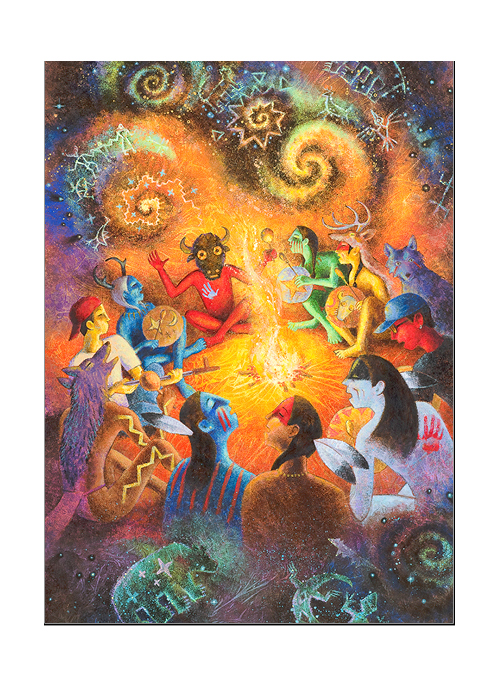
“Come, coyote brothers. Together we will sing up the stars.
Yes, we will sing up the moon.”
— From Walking on Earth & Touching the Sky: Poetry and Prose by
Lakota Youth at Red Cloud Indian School (Abrams, April 2012),
edited by Timothy P. McLaughlin
with paintings by S. D. Nelson
(Featured on June 28, 2012)
Rescuing your owner from PERILOUS SITUATIONS.”
— From Oliver Jeffers’ This Moose Belongs to Me
(Philomel, November 2012)
(Featured on November 12, 2012)
(Click to embiggen the spread)
It’s a high bouncer, she said. But none of us wanted to play.
So Maya played a game against herself.”
— Illustration from Jacqueline Woodson’s Each Kindness
(Nancy Paulsen Books, October 2012), illustrated by E. B. Lewis
(Featured on August 26, 2012)
(Click to enlarge and see spread in its entirety)
though people didn’t always listen.”
— From Jairo Buitrago’s Jimmy the Greatest,
illustrated by Rafael Yockteng
and released by Groundwood Books in April (first published in Spanish in 2010)
(Featured on November 25, 2012)
(Click to enlarge spread)
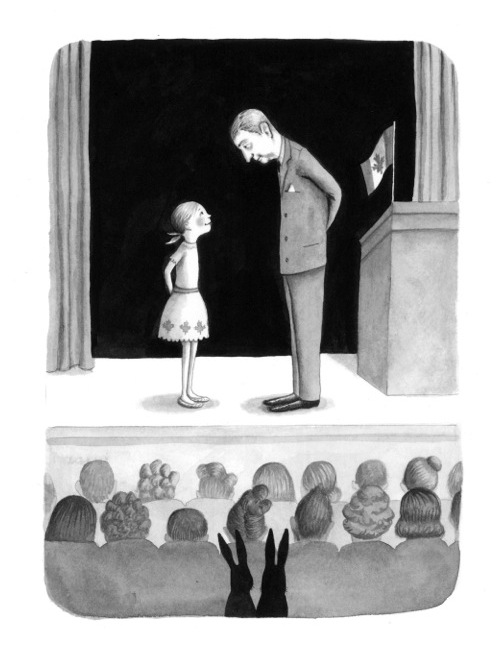
— From Polly Horvath’s Mr. and Mrs. Bunny:
Detectives Extraordinaire! (Schwartz & Wade, February 2012),
illustrated by Sophie Blackall
(Featured on March 30, 2012)
released by Balzer + Bray in May
(Featured on January 29, 2012)
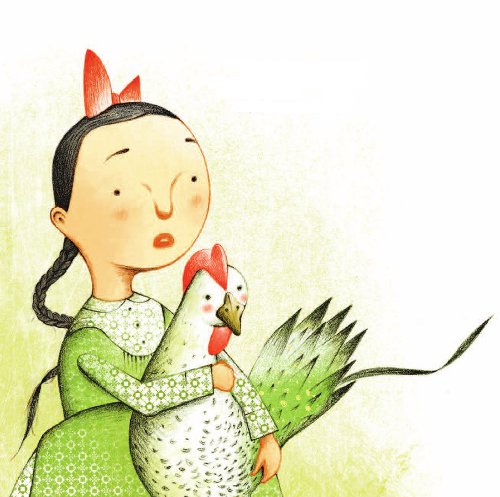
— Illustration from Aubrey Davis’s A Hen for Izzy Pippik
(Kids Can Press, March 2012), illustrated by Marie Lafrance
(Featured on April 12, 2012)
They sing for the Moon as they wait for her. They wait and wait for the Moon to appear. But she is nowhere to be seen.”
— Spread from Naoko Stoop’s debut picture book, Red Knit Cap Girl (Megan Tingley Books/Little, Brown, June 2012)
(Featured on June 4, 2012)
(Click to enlarge spread, which is sans text)
(Abrams, August 2012)
(Featured on July 27, 2012)
(Click image to see spread in its entirety)
— From Gary Golio’s Spirit Seeker: John Coltrane’s Musical Journey, illustrated by Rudy Gutierrez (October 2012)
(Featured on October 25, 2012)
(Click to enlarge spread)
A billion? Maybe the number was as big as infinity. I started to feel very, very small. How could I even think about something as big as infinity?”
— Spread from Kate Hosford’s Infinity and Me
(Carolrhoda Books, October 2012),
illustrated by Gabi Swiatkowska
(Featured on September 18, 2012)
(Click to enlarge spread)
(Neal Porter/Roaring Brook, January 2012)
(Featured on February 19, 2012)
(Click to enlarge)
Little Tug (Neal Porter/Roaring Brook, October 2012)
(Featured on August 17, 2012)
(Click to enlarge)
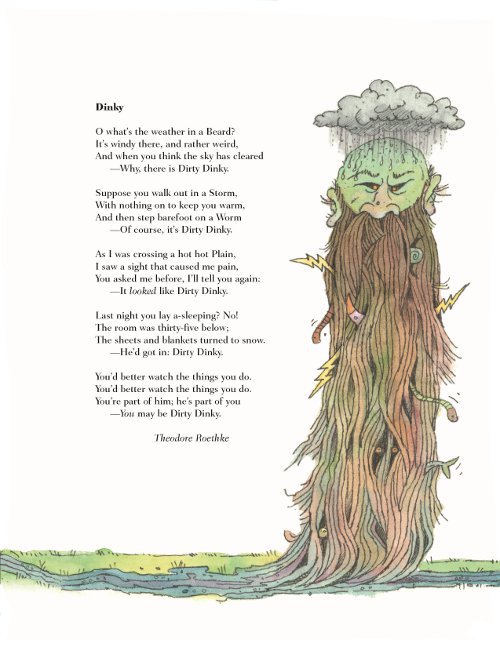
Poems to Learn by Heart, illustrated by Michael Emberley
(Little, Brown, April 2012)
(Featured on April 12, 2012)
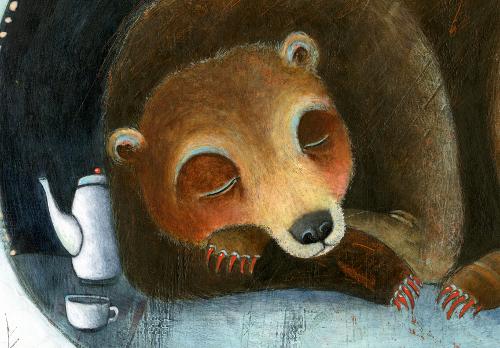
— Detail from Mary Logue’s Sleep Like a Tiger
(Houghton Mifflin, October 2012), illustrated by Pamela Zagarenski
(Featured on November 9, 2012)
— From I Have a Dream, released by Schwartz & Wade in October,
illustrated by Kadir Nelson
(Featured on November 29, 2012)
(Click to enlarge spread)
it’s a scepter for a king. /A stick is an excellent thing…”
— Spread from Marilyn Singer’s A Stick Is an Excellent Thing
(Clarion, February 2012), illustrated by LeUyen Pham
(Featured on February 16, 2012)
(Click to enlarge spread)
that exploded long before you were born.”
— Spread from Elin Kelsey’s You Are Stardust
(Owlkids Books, September 2012),
illustrated by Soyeon Kim
(Featured on September 21, 2012)
(Click to enlarge spread)
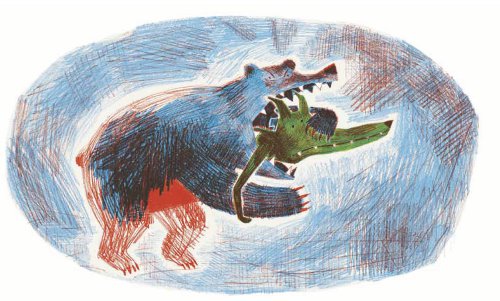
from Enchanted Lion Books in August
(Featured on August 7, 2012)
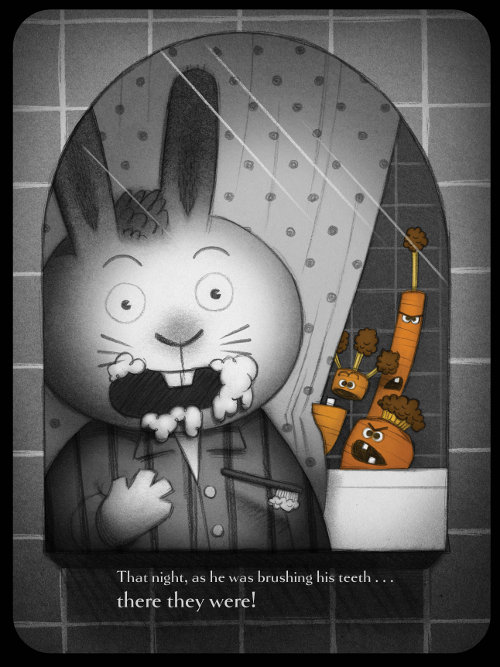
(Simon & Schuster, August 2012), illustrated by Peter Brown
(Featured on September 7, 2012)
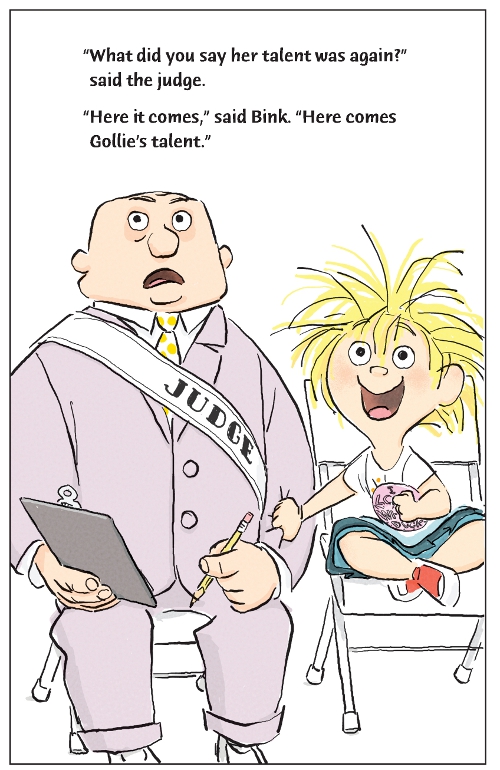
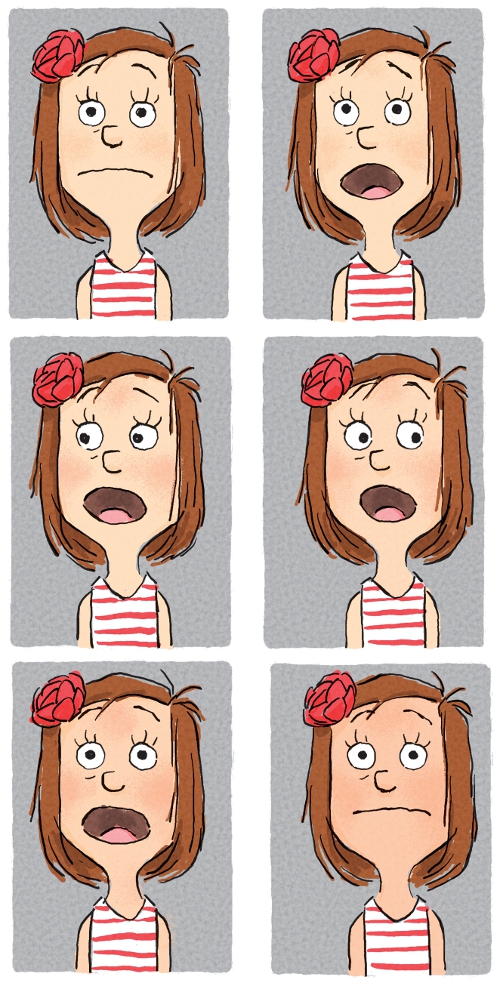
(Candlewick, June 2012)
(Featured on June 11, 2012)
at varying temperatures.”
— Spread from Mo Willems’
Goldilocks and the Three Dinosaurs (Balzer + Bray, September 2012)
(Featured on August 17, 2012)
(Click to enlarge spread)
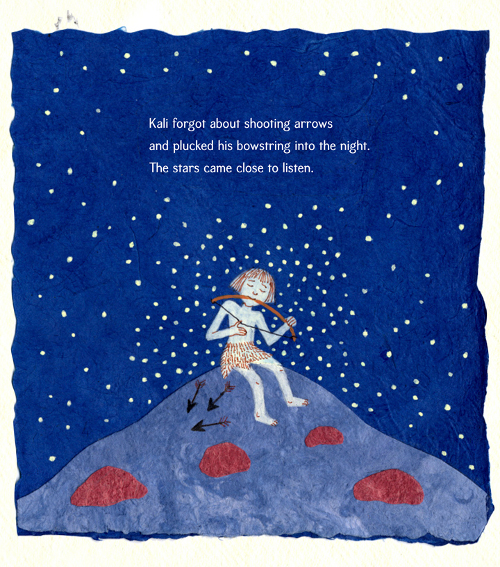
Kali’s Song (Schwartz & Wade, March 2012)
(Featured on March 18, 2012)
— From illustrator Lee White
(Featured on December 3, 2012)
(Click to enlarge)
When Bill Traylor Started to Draw, illustrated by R. Gregory Christie (Lee & Low, April 2012)
(Featured on January 12, 2012)
(Click image to enlarge and read text)
(Candlewick, April 2012)
(Featured on May 31, 2012)
(Click to enlarge spread)
— Spread from David Ezra Stein’s Because Amelia Smiled
(Candlewick, September 2012)
(Featured on October 12, 2012)
(Click to enlarge spread)
that slept in the soil, all dark and deep, / in Isabella’s garden. /
These are the shoots that seek the sun / that kissed the clouds that cried the rain / that soaked the seeds that slept in the soil, / all dark and deep, in Isabella’s garden.”
— Spread from Glenda Millard’s Isabella’s Garden
(Candlewick, March 2012), illustrated by Rebecca Cool
(Featured on April 20, 2012)
(Click to enlarge slightly)
I fly between the clouds of the country I love: Afghanistan.”
–From Ana A. de Eulate’s The Sky of Afghanistan,
illustrated by Sonja Wimmer (Cuento de Luz, September 2012)
(Featured on October 21, 2012)
(Click to enlarge spread)
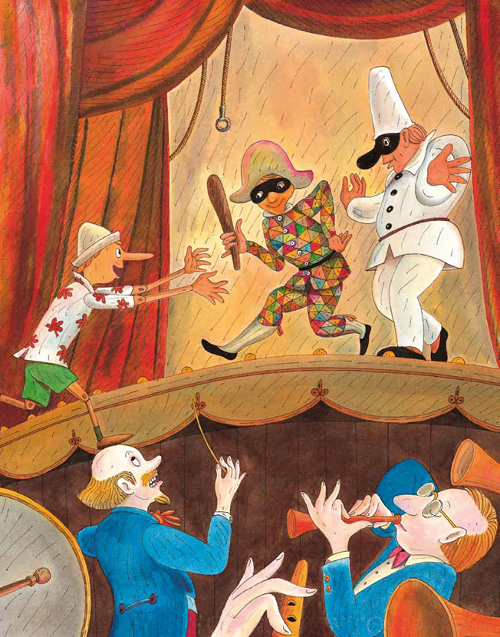
from the expensive seats onto the orchestra conductor’s head,
and then sprang from there onto the stage.”
— From Carlo Collodi’s Pinocchio, released in October by the New York Review Children’s Collection, translated from the Italian by Geoffrey Brock,
and illustrated by Fulvio Testa
(Featured on December 14, 2012)
‘Mom, don’t worry. I’ll be fine, I am already five!'”
— Illustration from Hyewon Yum’s Mom, It’s My First Day of Kindergarten! (Frances Foster/Farrar Straus Giroux, July 2012)
(Featured on July 19, 2012)
(Click to enlarge spread)
a 2010 Belgian import published here in the States by Groundwood Books in July
(Featured on September 28, 2012)
(Click to enlarge second image)
and brave. / But I think the moral is that children pay / for the sins of their parents. Ask anybody / who hates to go home after school. …”
— From “Little Thumb” in Ron Koertge’s Lies, Knives,
and Girls in Red Dresses (Candlewick, July 2012),
illustrated by Andrea Dezsö
(Featured on August 19, 2012)
(Click to enlarge)
The True Story of an Amazing All-Brother Baseball Team,
illustrated by Steven Salerno (Clarion, April 2012)
(Featured on February 26, 2012)
(Click to enlarge and see entire spread from which this illustration comes)
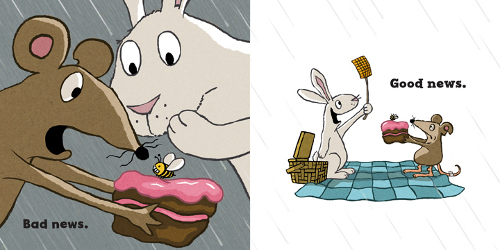
(Chronicle Books, July 2012)
(Featured on June 17, 2012)
(Enchanted Lion Books, October 2012)
(Featured on September 23, 2012)
(Click to enlarge)
Unspoken: A Story from the Underground Railroad (Scholastic, November 2012)
(Featured here on October 26, 2012)
(Click to enlarge spread)
and had green bushy leaves at one end.”
— Illustration from Daniel Pinkwater’s Bear in Love
(Candlewick, August 2012), illustrated by Will Hillenbrand
(Featured on August 9, 2012)
(Click to enlarge and see full spread)
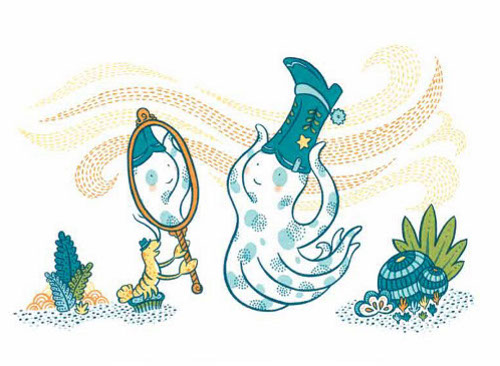
— From Tao Nyeu’s Squid and Octopus: Friends for Always
(Dial, June 2012)
(Featured on May 17, 2012)
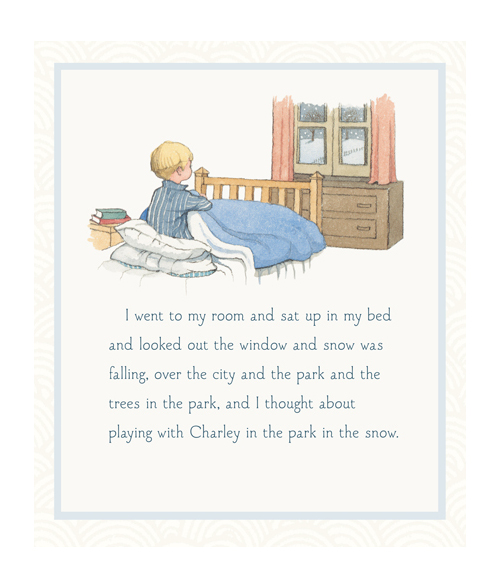
(Candlewick, October 2012), illustrated by Helen Oxenbury
(Featured on December 5, 2012)
— Artwork from illustrator Junyi Wu
(Featured on September 30, 2012)
(Click to enlarge)
(Featured on March 1, 2012)
(Click spread to enlarge)
(Featured on June 20, 2012)
(Click to enlarge spread)
Actor Without Words, illustrated by Gérard DuBois
(Neal Porter/Roaring Brook, September 2012)
(Featured on October 16, 2012)
(Click to enlarge second image)
— Illustration from Ramona Bădescu’s Pomelo Explores Color (originally released last year in France as Pomelo et les couleurs), illustrated by Benjamin Chaud (Enchanted Lion Books, October 2012)
(Featured on August 22, 2012)
(Click to see spread in its entirety)
When I was little, my brother and I often went to the river to fish. …”
— From Rambharos Jha’s Waterlife (Tara Books, April 2012)
(BolognaRagazzi Award, Mention: New Horizons, 2012)
(Featured, along with some other international imports, on May 11, 2012)
(Click to see full spread, including text)

(Neal Porter/Roaring Brook, August 2012)
(Featured on April 25, 2012)
She made wolf sounds and did strange things…”
— Early sketch and final art from Kyo Maclear’s Virginia Wolf
(Kids Can Press, March 2012), illustrated by Isabelle Arsenault
(Featured on February 2, 2012)(Click second image to enlarge and see full spread,
which includes Isabelle Arsenault’s hand-lettered text)
from Aaron Becker
(Click to enlarge)
— Sketch and final art from Amy Hest’s The Reader
(Amazon Children’s Publishing, October 2012), illustrated by Lauren Castillo
(Featured on November 14, 2012)
(Click second image to enlarge)
‘A house without a cat is like life without sunshine!’
And so Julia and Paul adopted Minette, a mischievous, energetic poussiequette with a lovely speckled coat. Or, shall we say, Minette adopted Julia and Paul. Julia and Paul were charmed by Minette’s delicate whiskers, her superior nose,
and her quick little paws.”
— Early sketch and a final spread (without text) from Susanna Reich’s Minette’s Feast: The Delicious Story of Julia Child and Her Cat,
illustrated by Amy Bates (Abrams, May 2012)
(Featured on June 19, 2012)
(Click second image to enlarge)
And the man who always argued with the voices in his head.
And the lonely boy who actually was a girl.”
— Spread from Koos Meinderts’ The Man in the Clouds,
illustrated by Annette Fienieg (Lemniscaat USA, April 2012)
(Featured on May 25, 2012)
(Click to enlarge spread)
Rabbit’s Snow Dance: A Traditional Iroquois Story (Dial, November 2012),
illustrated by Jeff Newman
(Featured on November 19, 2012)
(Click to enlarge)
— Spread from National Geographic Book of Animal Poetry (September 2012), edited by J. Patrick Lewis
(Featured on August 24, 2012)
(Click to enlarge spread)
The ground bumble-rumbled and began to quake. BA-BOOM! The ground bumble-rumbled and quake-shake-quaked. And look who came to help them escape. …”
Candace Fleming’s Oh, No!,
illustrated by Eric Rohmann (Schwartz & Wade, September 2012)
(Featured on October 23, 2012)
(Click each to enlarge)
(Abram’s Appleseed Books, May 2012)
(Featured on June 22, 2012)
(Click to enlarge spread)
spring is just a moon or two away.”
— Spread from Nicola Davies’ Outside Your Window:
A First Book of Nature (Candlewick, February 2012),
illustrated by Mark Hearld
(Featured on March 7, 2012)
(Click to enlarge spread)
(Featured on August 22, 2012)
(Click image to see spread in its entirety)
Seed by Seed: The Legend and Legacy of John “Appleseed” Chapman,
illustrated by Lynne Rae Perkins (Greenwillow, August 2012)
(Featured on October 5, 2012)
(Click to enlarge image)
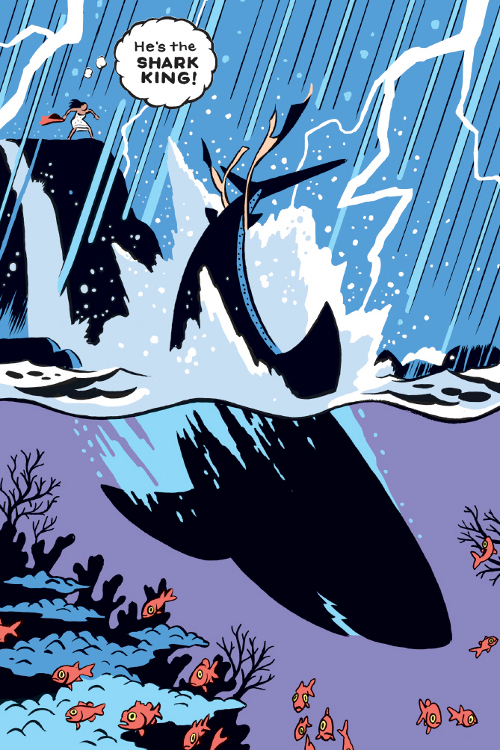
(TOON Books, April 2012)
(Featured on April 29, 2012)
I’ll sign off with the illustrated version of me, which Frank Dormer’s Obstinate Pen (see above) whipped up this year. He’s sneaky, that pen. And I’m gonna rock this new facial hair in the new year, don’t you think?
Here’s to 2013 and the books to come …
Copyright note: If I were to list all the copyright notices for these images here, well, you’d find me slumped over my keyboard. Here’s my plea: Please be cool, current and potential readers, and remember all rights reserved and all that good stuff. Also, in all instances the original copyright notices for the image or artwork you see should be listed at the post (interview, feature, what-have-you) from which the above snippets come, since I’m a stickler about including copyright info. If you link back to the original post for many of these, you will see copyright notices. Bottom line: Don’t steal. These weren’t mine to begin with. I had to ask to get them, so please do the same. Thanks.
As a reminder, ALL (not just 2012) of 7-Imp’s author interviews are archived here at the site (though that seriously needs updating), and all illustrator/artist interviews and features are archived here.
The mysterious and surly-looking Alfred (he’s really a softie, I swear), who opens this post, is © 2009 Matt Phelan. Alfred not only introduces the Pivot Questionnaire for each of my breakfast interviews; he also grinds my coffee in the mornings before I post and as I set the table for my guests.
 MadTeaParty Susan Sorrell Hillsmall.jpeg)
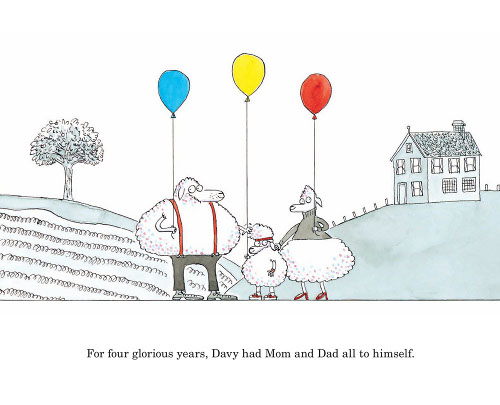
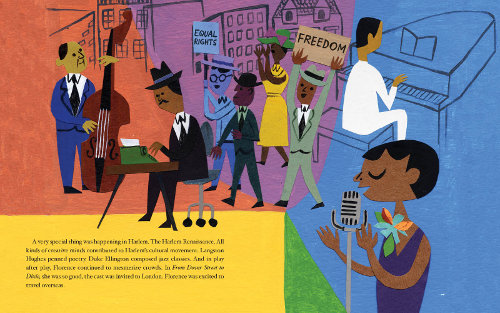
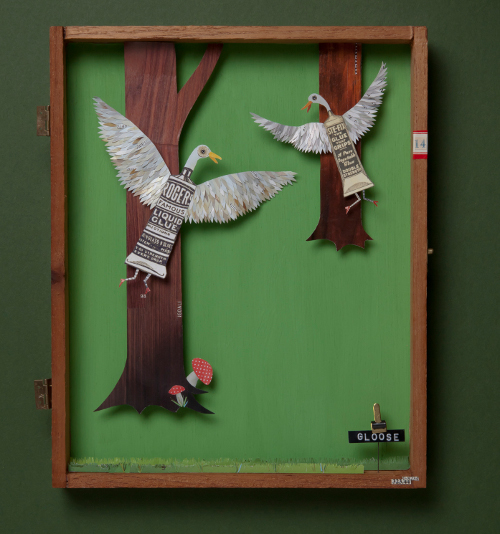
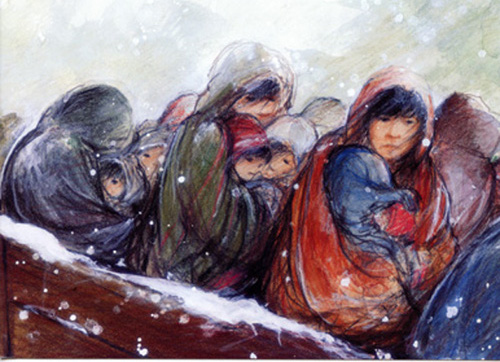


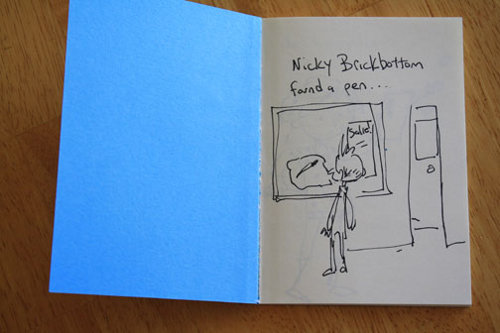
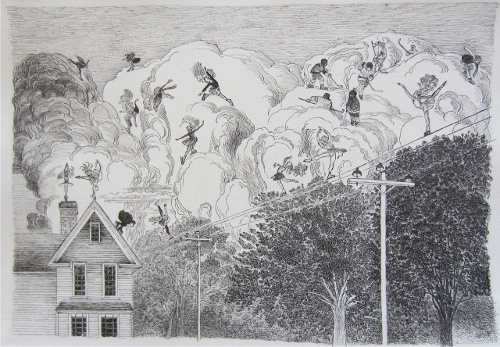
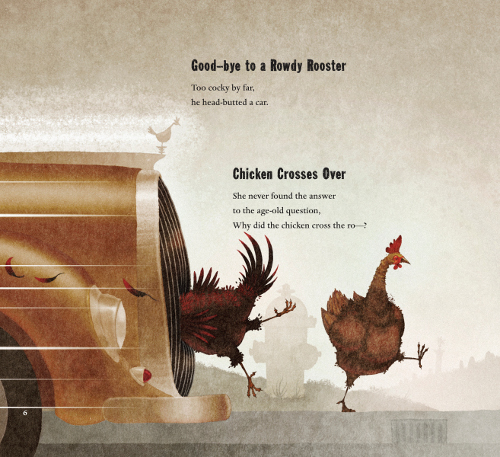

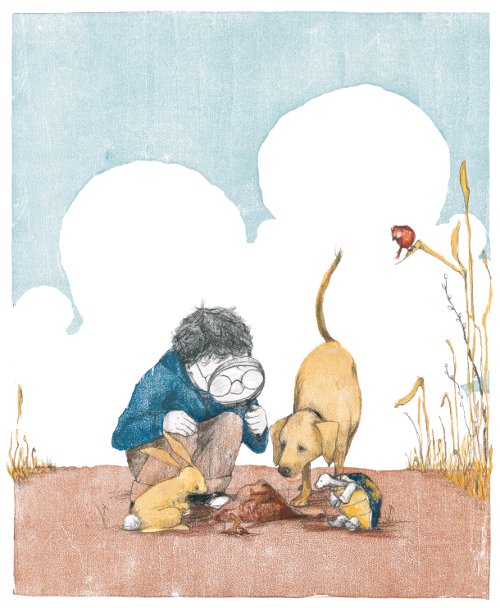
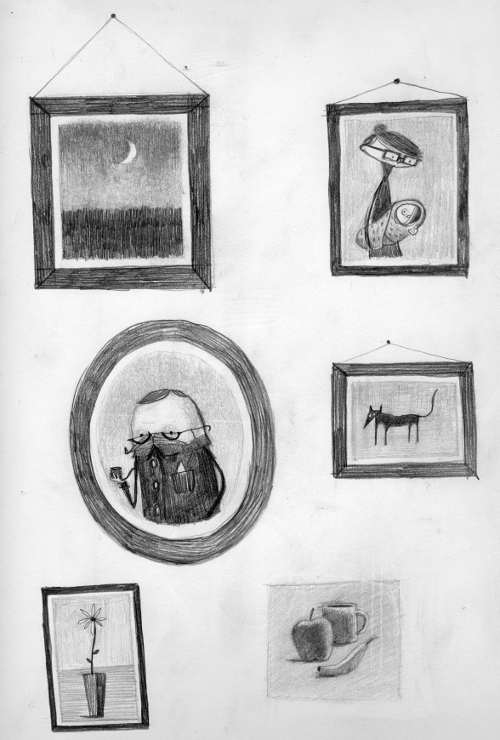
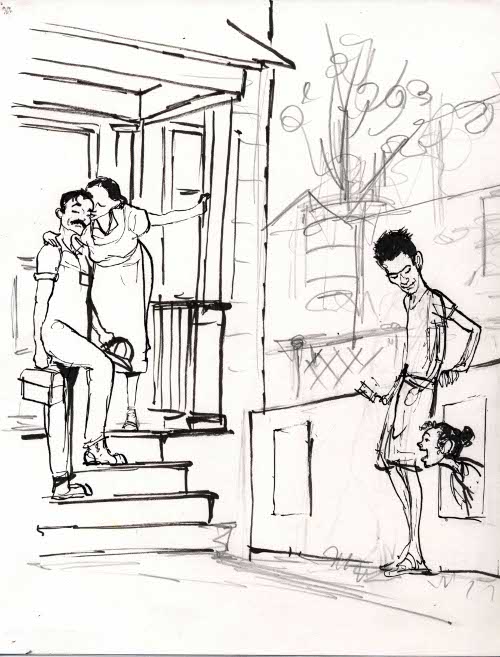
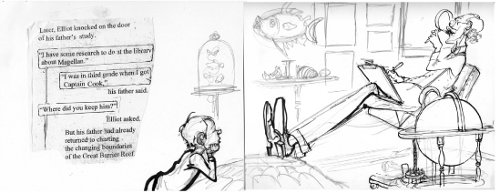
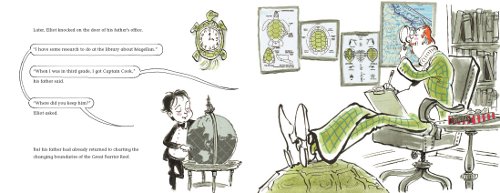

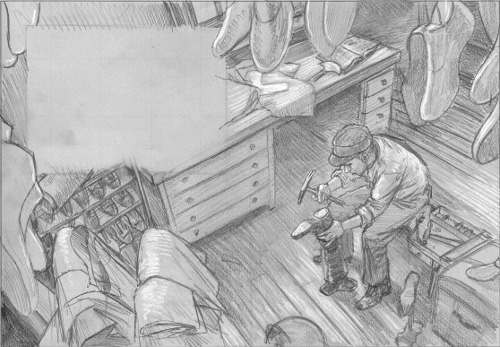
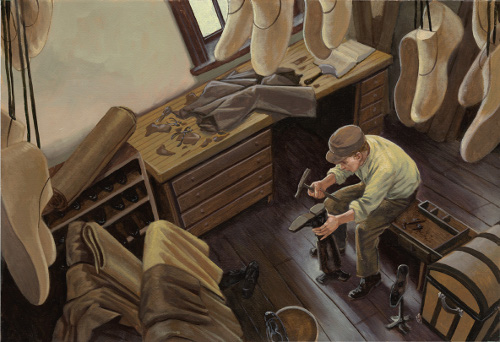
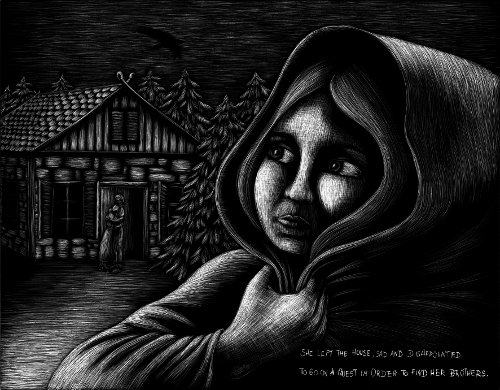
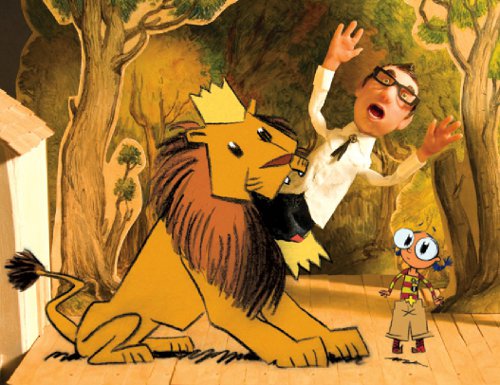

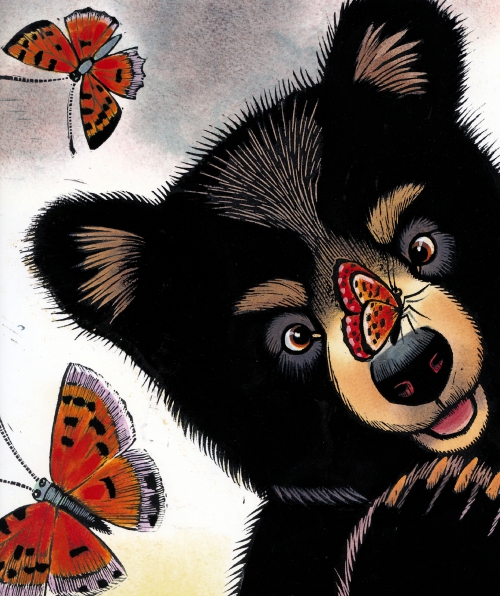
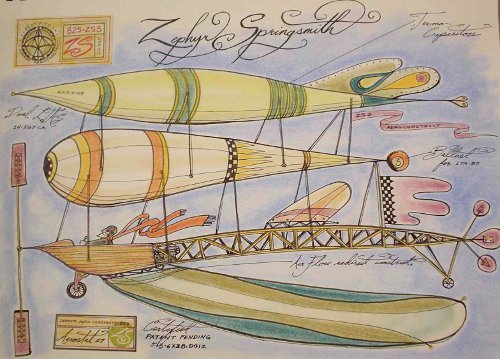
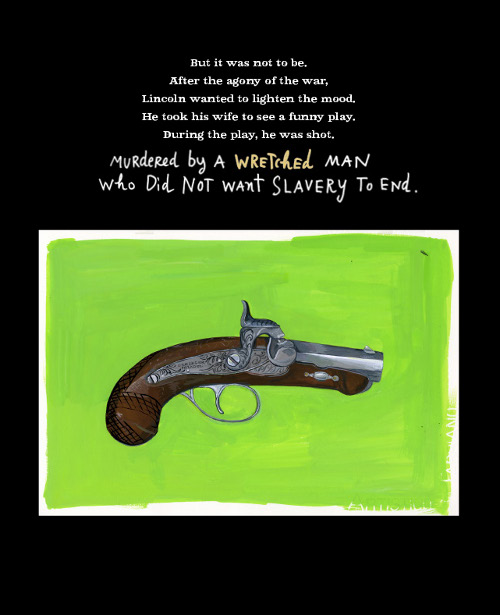
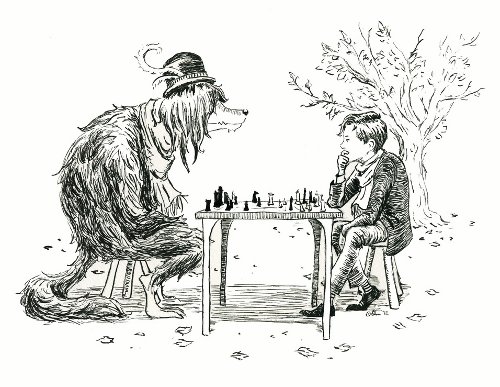
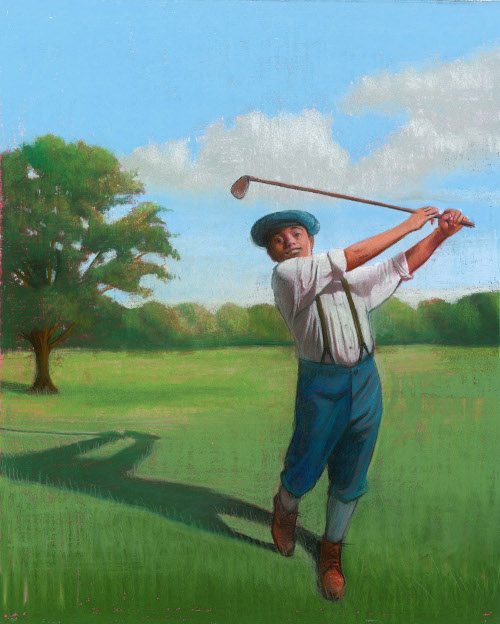
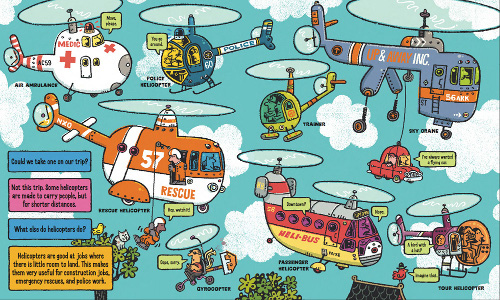
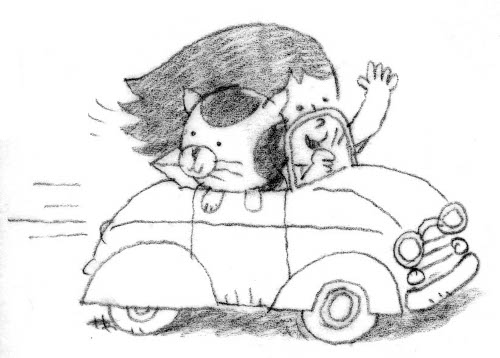
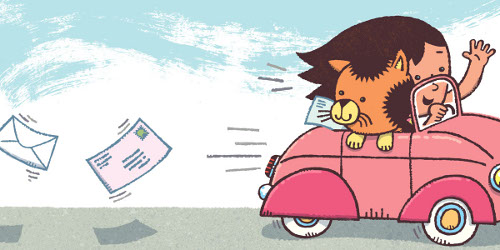
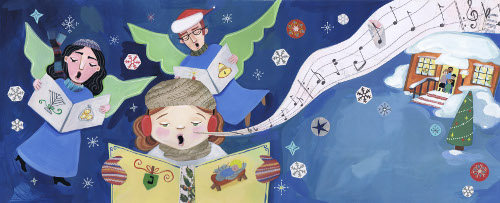
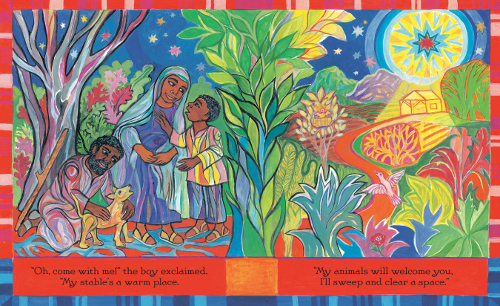

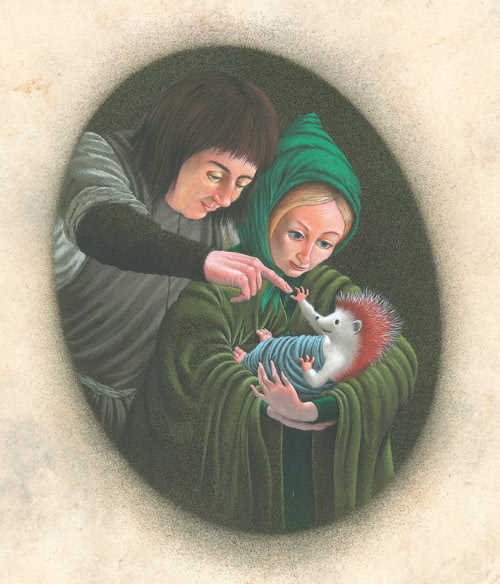
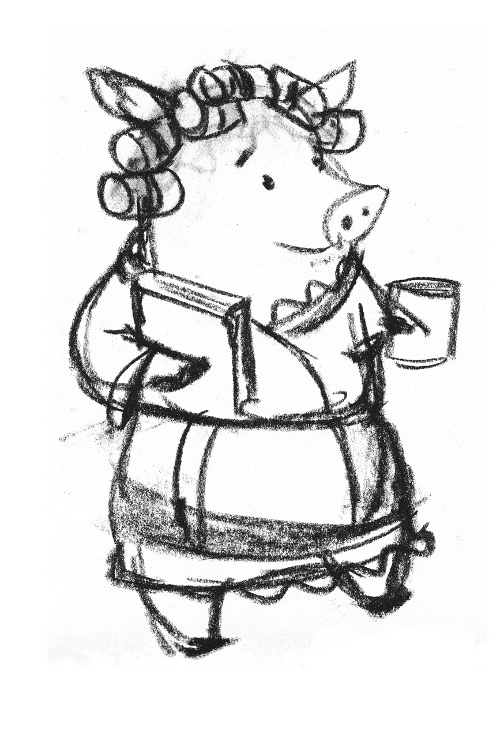
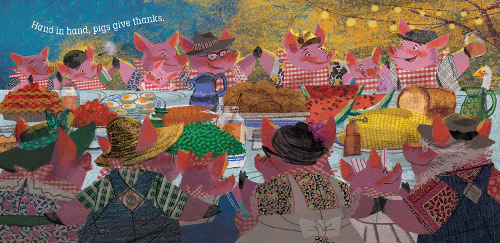
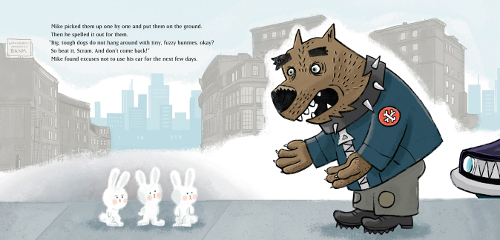
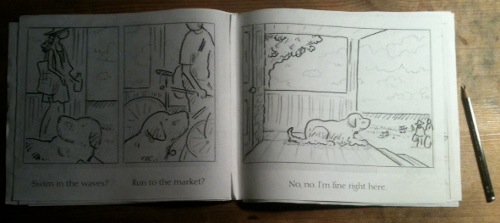
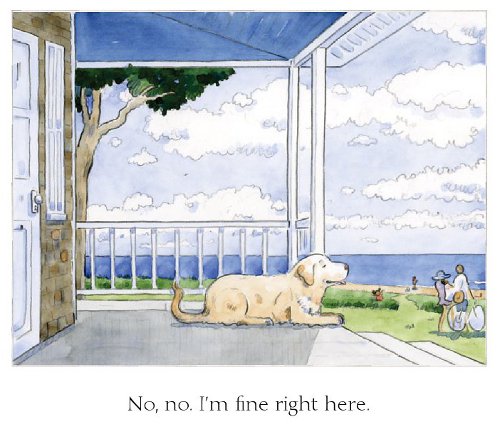


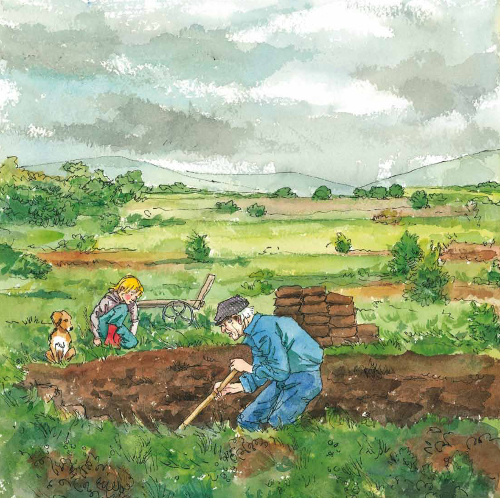
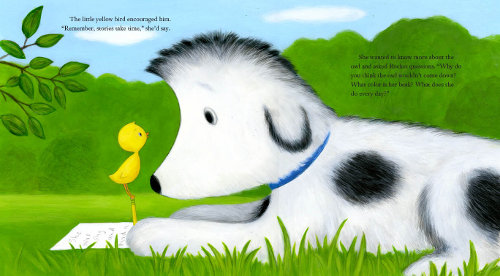
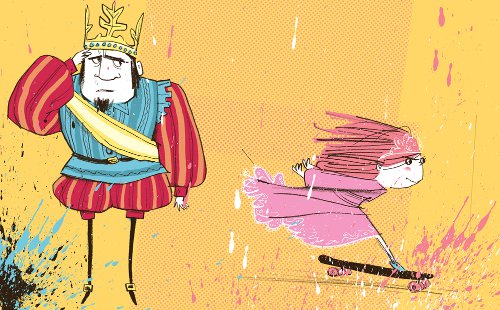
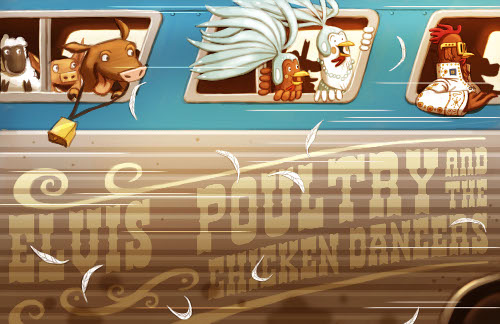
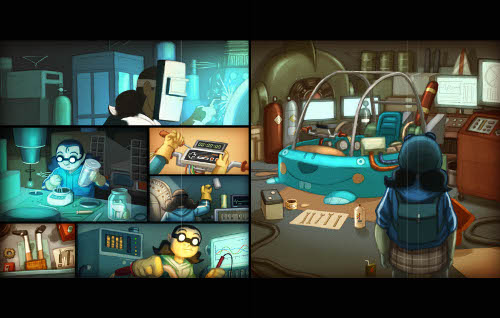
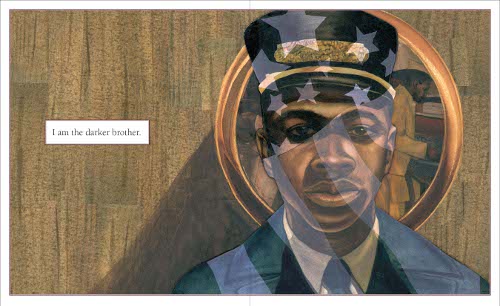
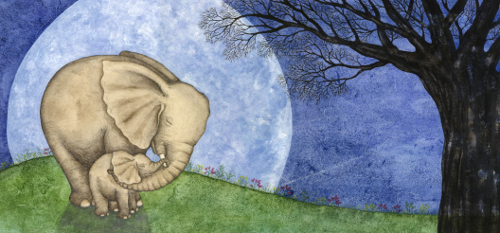
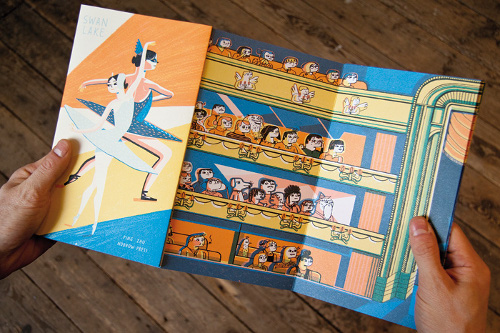
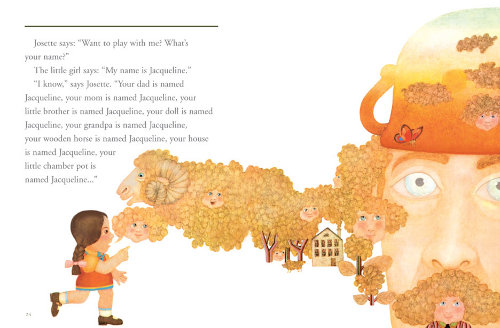
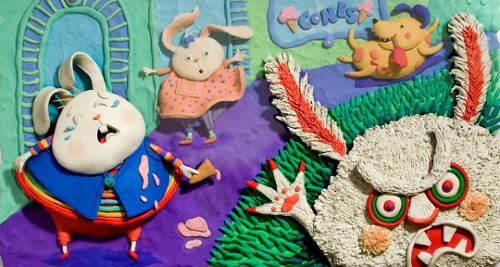
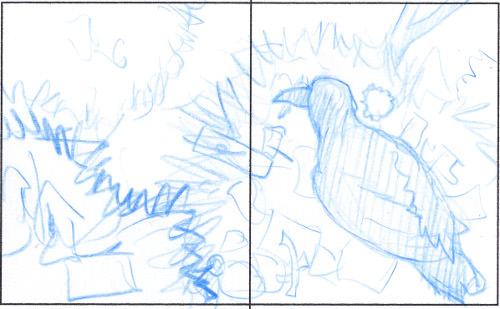
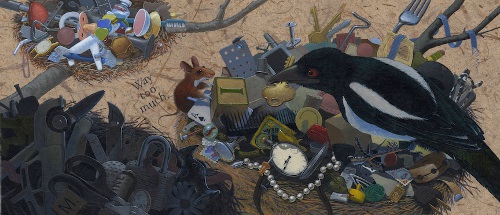
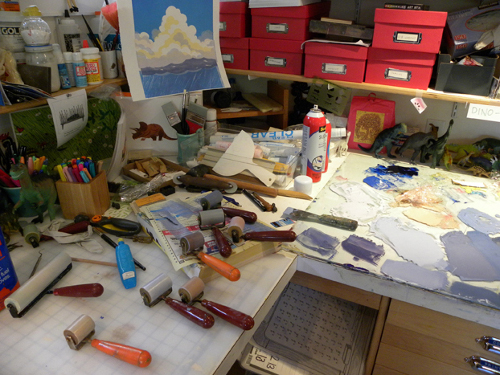
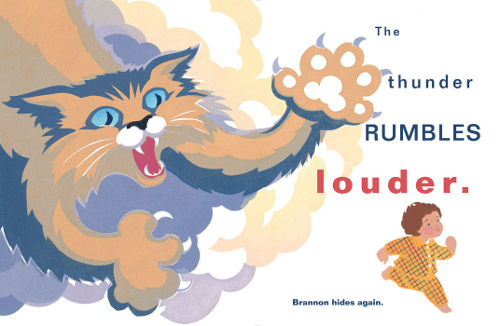
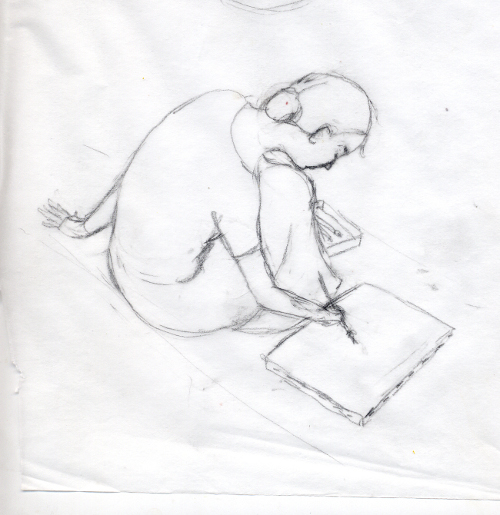
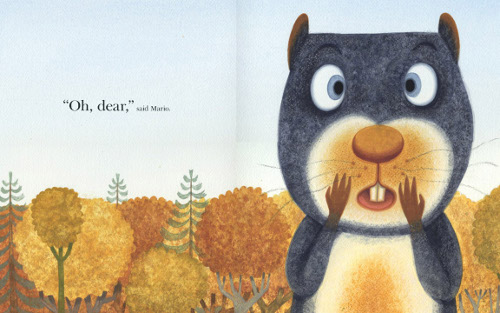
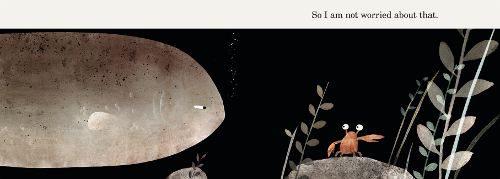
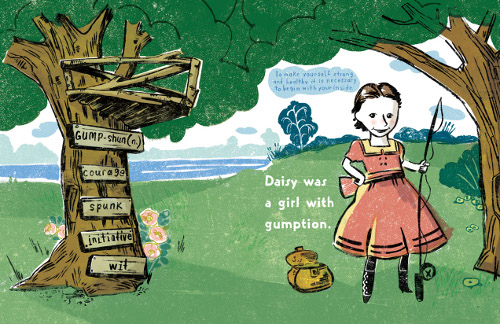
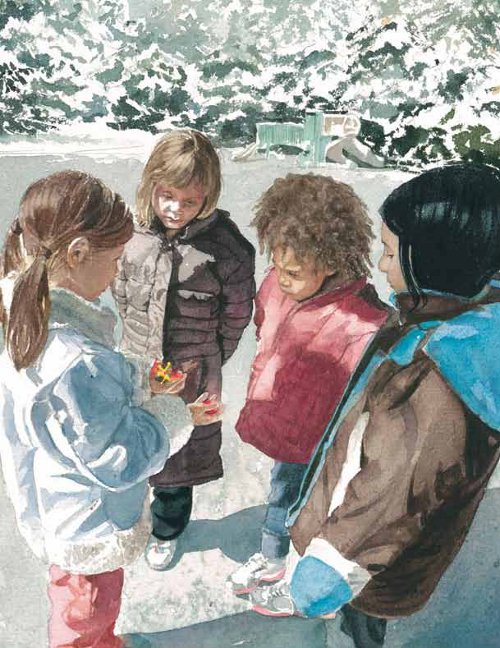
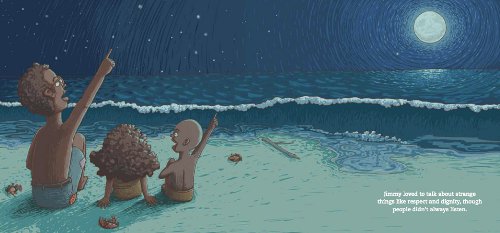
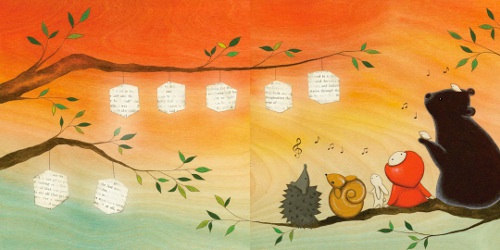

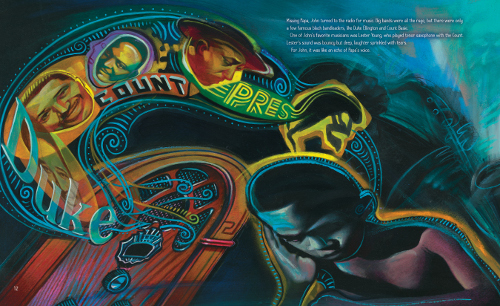
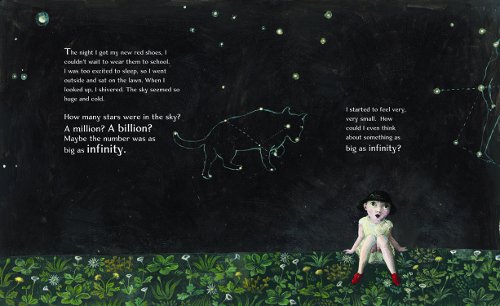
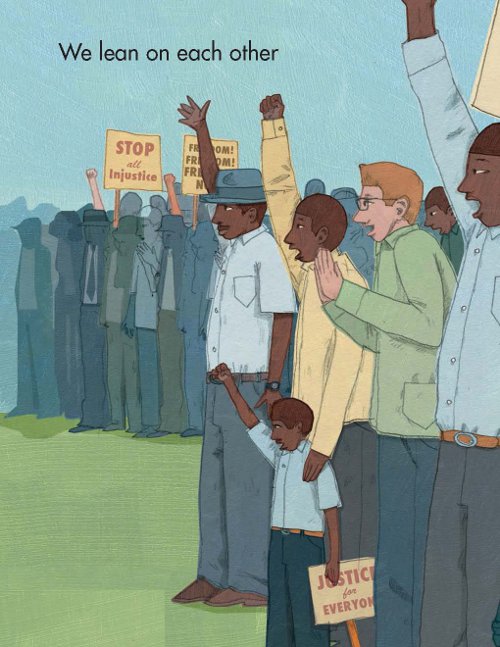
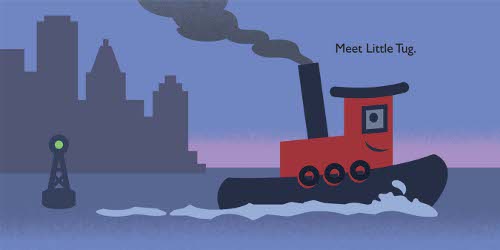
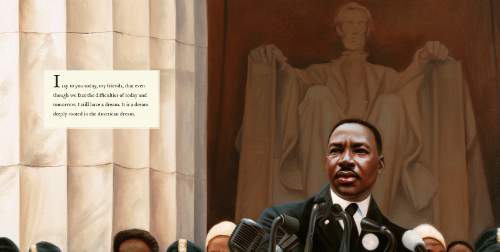
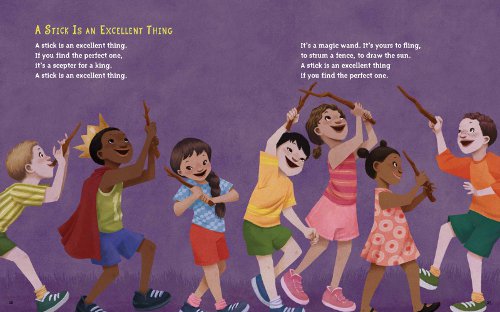
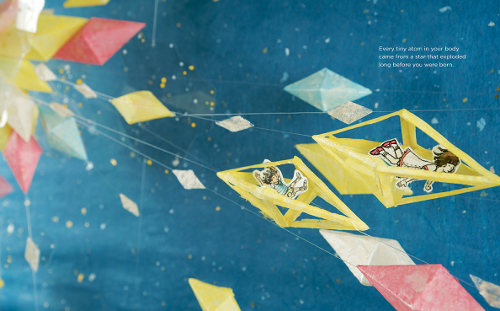
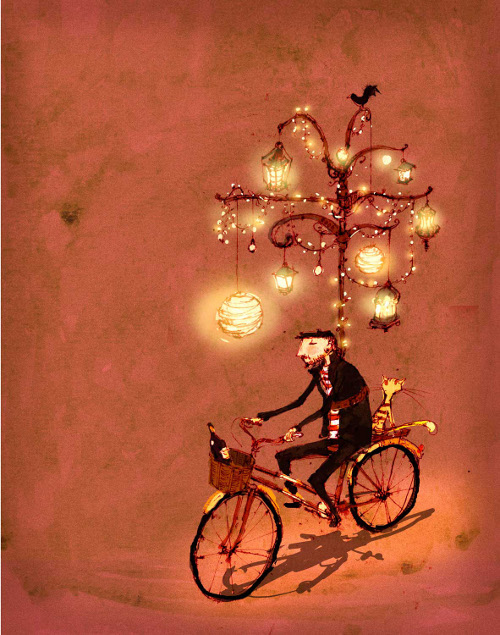

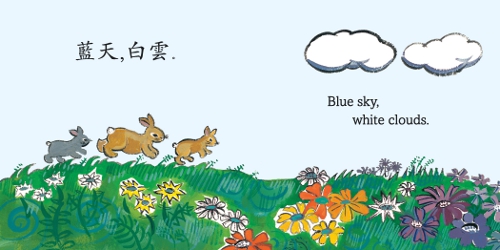
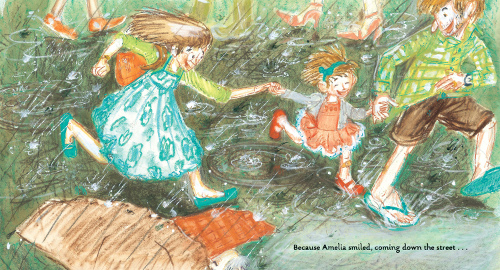
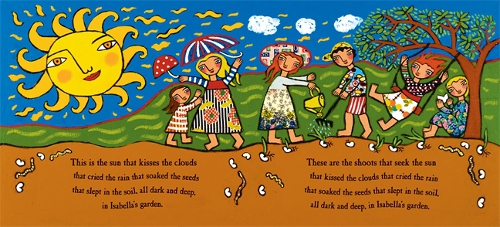
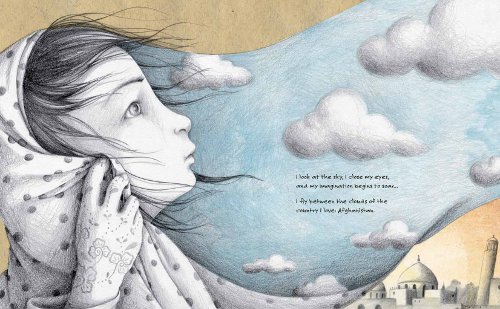
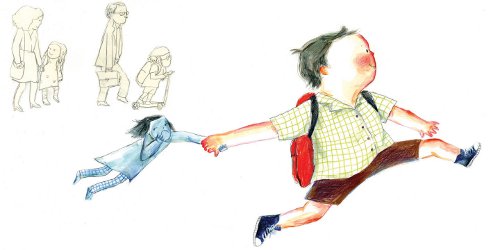
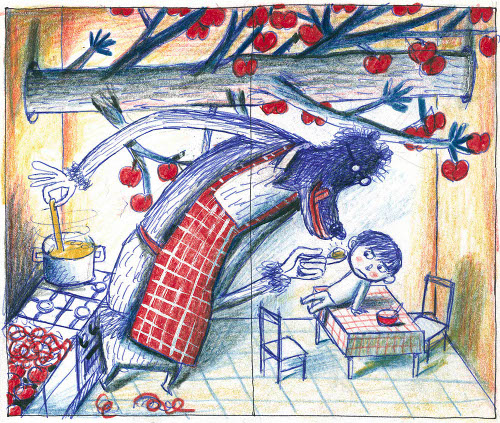
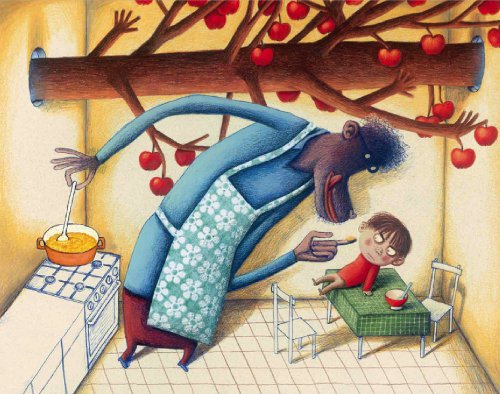
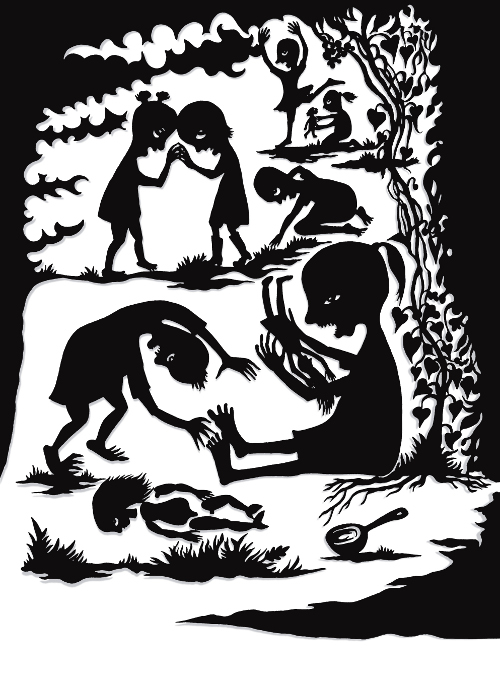
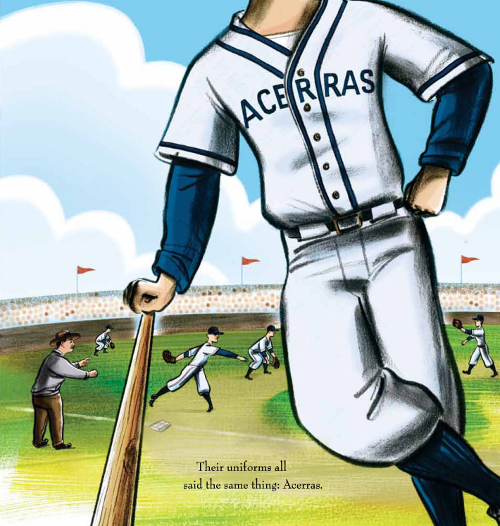
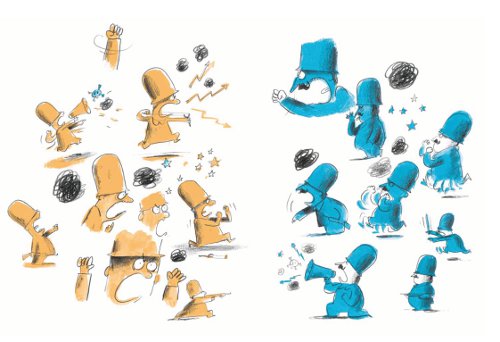
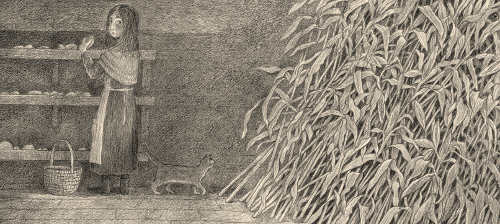

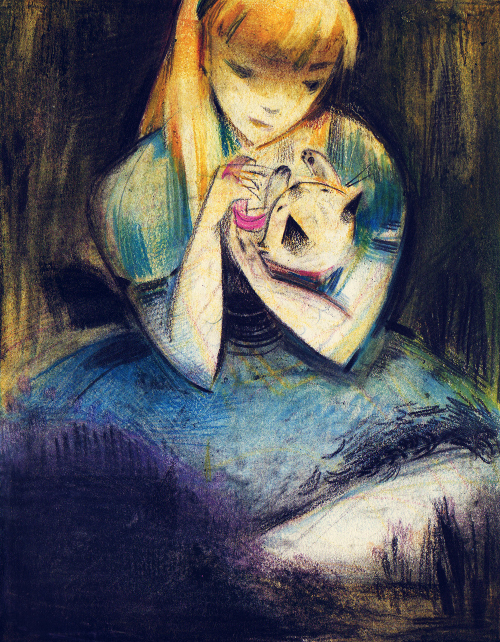
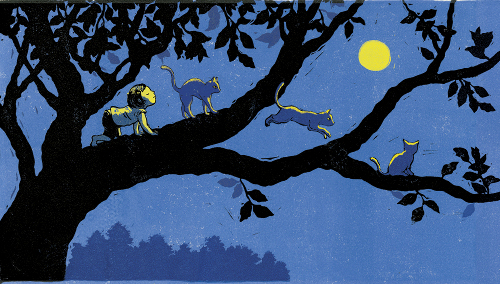
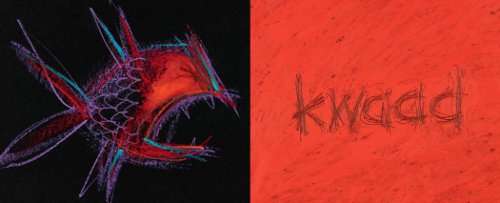
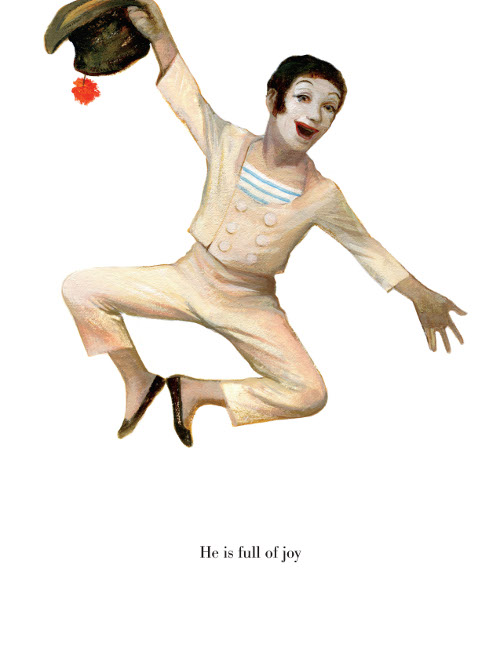
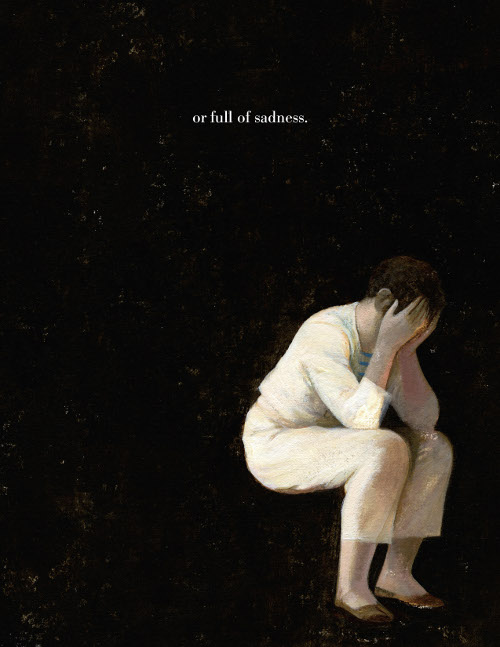
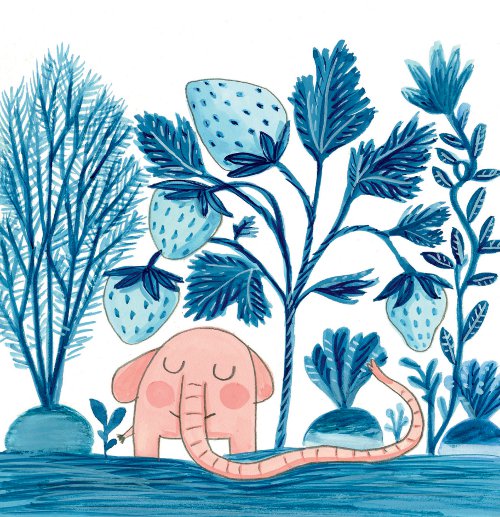
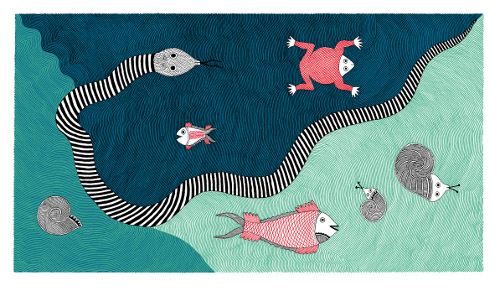
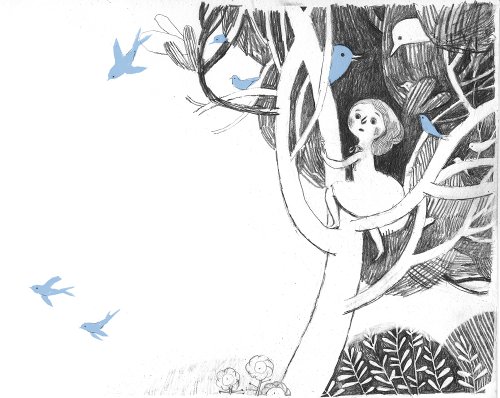
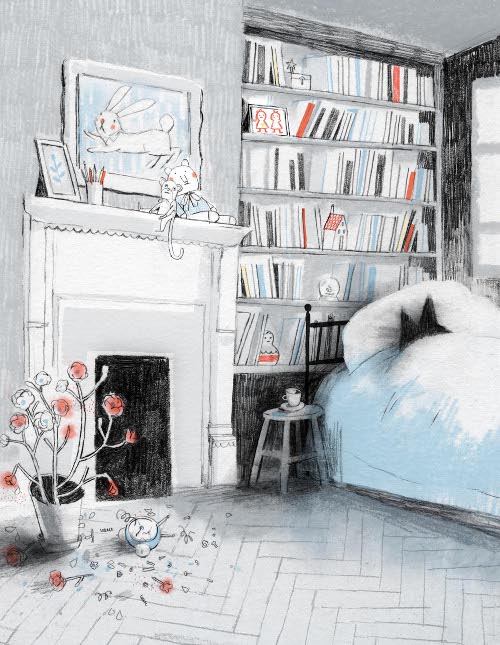
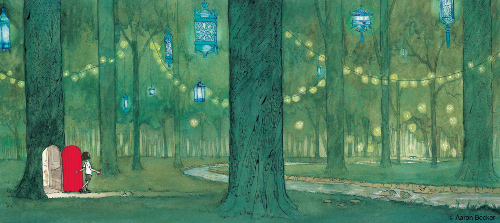
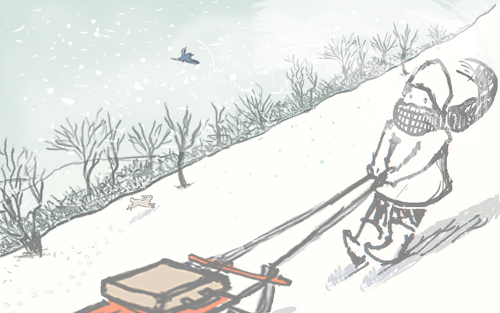

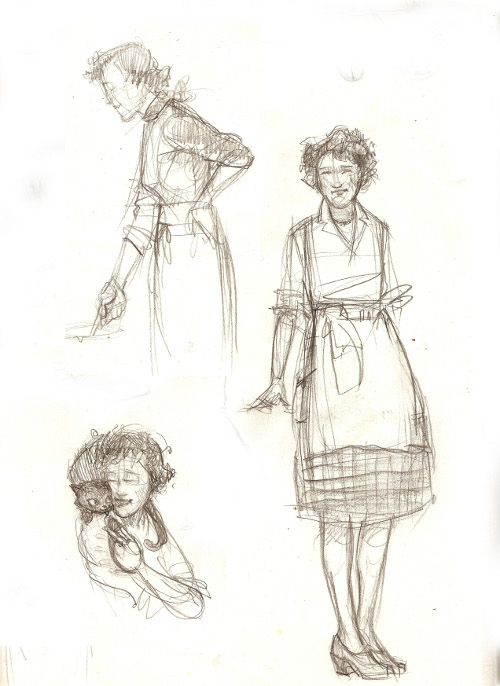
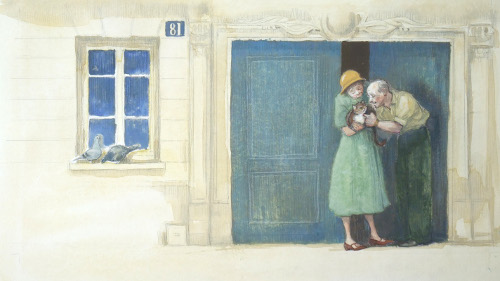
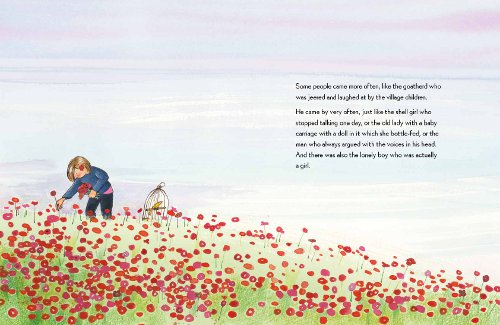
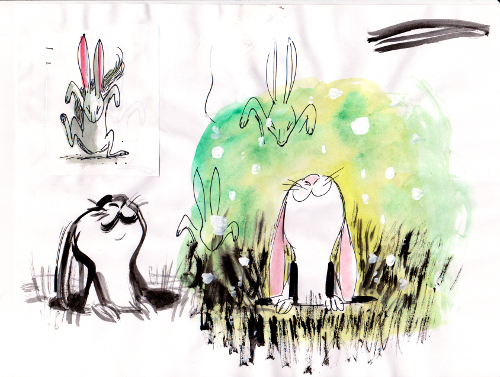
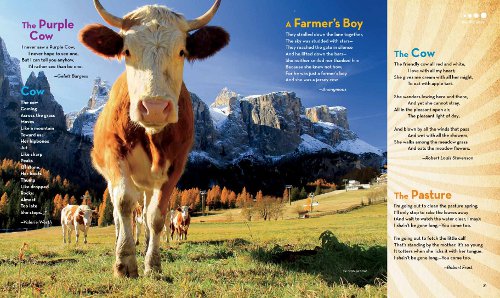
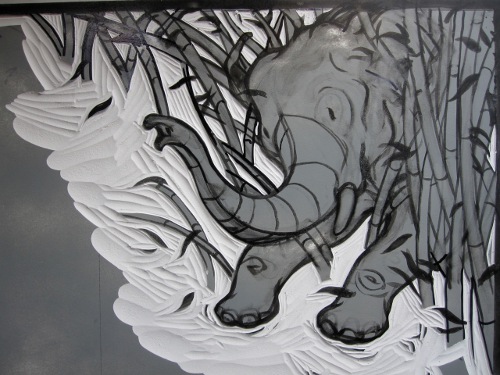
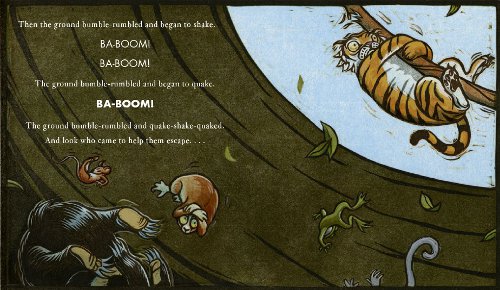
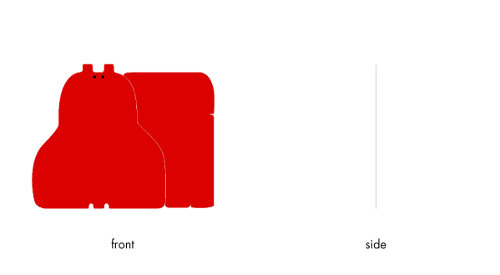

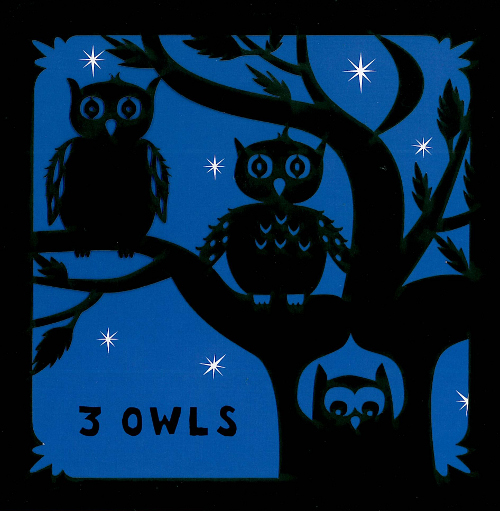
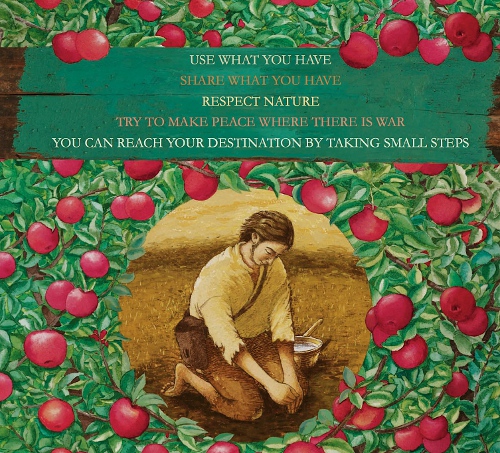

Kudos for all that you do, in the real world and the virtual one! Happy new year. 🙂
Incredible as always, Jules! Looking forward to your posts in 2013!
Holy moly,Jules…this massive recap is going to require some serious time to absorb and revel in! Thank you so much for featuring my work…twice. 🙂
Happy 2013 and long life to you and the always-wonderful Seven Impossible Things!
Jules!!!
Wow…. what a GREAT piece of work. I will have to spend some time revisiting all of these great artists. Thanks for sharing. You are truly gifted at 🙂
Gianna
What a treasure of words, images, memories, and inspiration you have put together Jules! Happy and even more fruitful new year for you all.
Jules- This is an incredible review of a fabulous year. I’ve been observing the field for a long long time and seldom seen it looking so inventive and gorgeous. Thank you for gracious and tireless work. Happy 2013
WOW – what a year!!! I look forward to your amazing posts in 2013! 🙂 e
This is just about the most extraordinary thing I’ve seen all year. What a bounty! What a shocking number of drop-dead stunning illustrations, and featured illustrators, all in one place. THANK YOU.
Happy New Year, Jules! This is a wonderful wrap-up, both of favorite books from 2012 and ones I hadn’t seen. As Susan writes above, I’m going to have to come back and study this post–it’s got the feeling of a museum exhibit that you just don’t want to rush through.
Breathtaking! And I only had time to browse. I’ll be back later when I have more time to spend. Thank you!
Jules, you are amazing! Thanks for keeping the spotlight on picture books, and Happy New Year!
Wow, what an amazing round-up of 2012. Thank you so much for this post (& for including me), and for all that you do. Happy New Year to you, Jules!
What a feast! I agree with others that this post is something to explore multiple times (as is the glorious Seven Imp archive). Huge congratulations on putting the finishing touches on your book (can’t wait to see!) and on maintaining such a brilliant blog for six years. You have got to be the best advertisement there is for Post-it notes. Best of wishes in the coming year!
Surely you could manage more than this.
(Kidding! KIDDING!)
I loved trolling through this stack. So much impressive new talent out there, and great to see so many of the older ones still producing amazing stuff .
Thanks again and again, Jules, for all you do.
David
Holy zoinking wow Jules! What a bounty here. I heard someone state this before on your FB page…but someone really should give you a grant for this blog (and as long as I’m suggesting…how about a billion dollar grant) In the meantime we will all of us continue to celebrate the amazing world of picture books alongside you and your coffee. It also makes me so happy to review this and see some that I missed!!! I thought I read ’em all!
Happy new year Jules and thanks again for your passion…and for sharing it!
Wow, this is an amazing post! Thanks for highlighting so many wonderful books — it’s great to see familiar faces and discover new ones. You’ve done quite a service here!
Now that was a fun year. Thanks for compiling this, too. So much of what’s here is inspiring.
And here’s to 2013!
What an amazing wrap-up and what a glorious year for picture books. Lots to celebrate here. Thank you, Jules!
Jules, Thank you for all the passion and beauty you share – you truly give us the gift of glorious picture books to find and love, and, also, I want to thank you for the continuing inspiration, motivation, and companionship that you and 7 Imp give to us aspiring/unpublished writers and illustrators. 7 Imp arrives with a burst of energy and joy that we need sometimes to persevere in our studios! Thanks and Love to you and the 7 Imp community and Happy Healthy Joyous New Year to all!!!
When counting my blessings for 2012, finding this wonderful blog is high on the list.
[…] “31 Days, 31 Deeds” post, and you could experience some amazing art and quotes over at Jules’ 2012 retrospective. You could check out the quote Penny put in the comments of my last […]
Staggering, simply. I might have to say with Lori, in a phrase that’s worthy of something you’d say yourself: Holy zoinking wow!
No place anywhere like 7-Imp, I swear. On the Internet or anywhere else. Thanks so much, Jules!
My pleasure, you all. My absolute pleasure.
[…] Seven Impossible Things Before Breakfast a blog about books « One Very Possible2012 7-Imp Retrospective Before Breakfast […]
I loved this post so much…rarely do you see a picture book recap as marvelous as this. 🙂 Thank you for putting it all together and Happy 2013!
Impressive 2012-retrospective, Julie! What an impossible huge work this must have been, and what an honor to be in it! Muy muy bien, and most of all muchas gracias,
Klaas Verplancke / http://www.klaas.be
This post feels like a late Christmas present!
Thanks for your continued awesomeness, Jules.